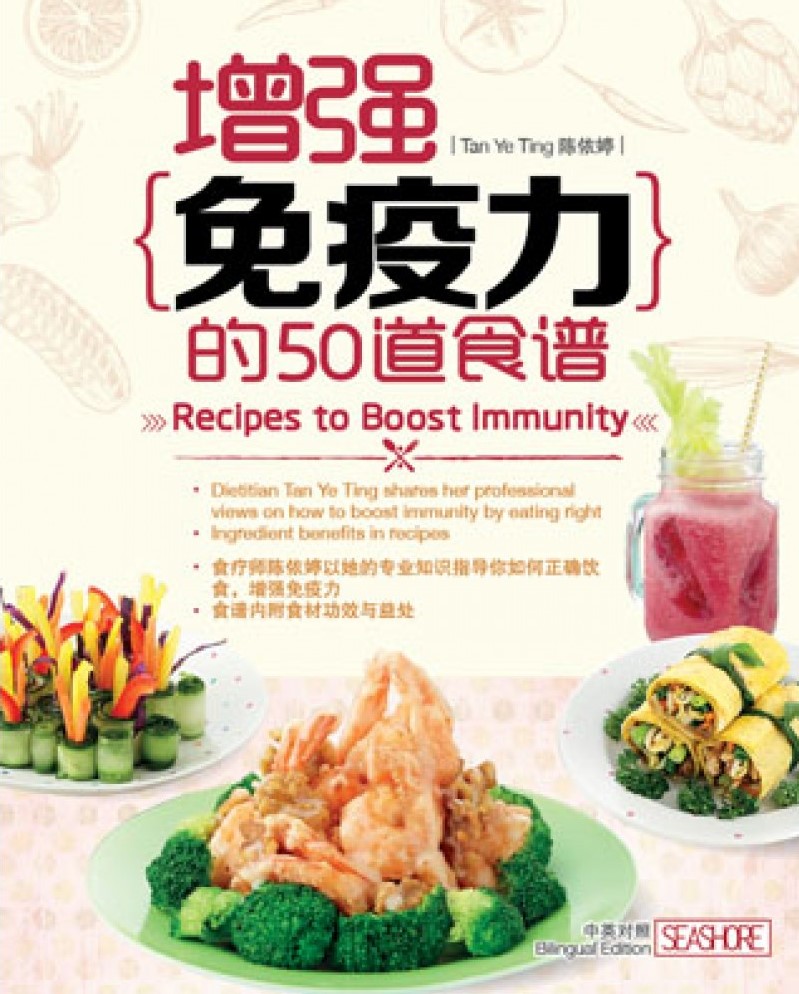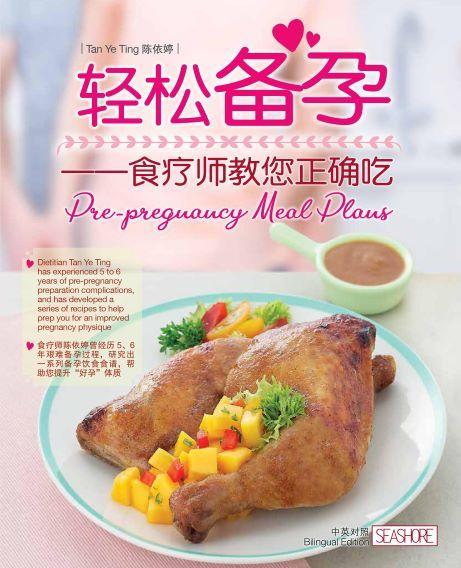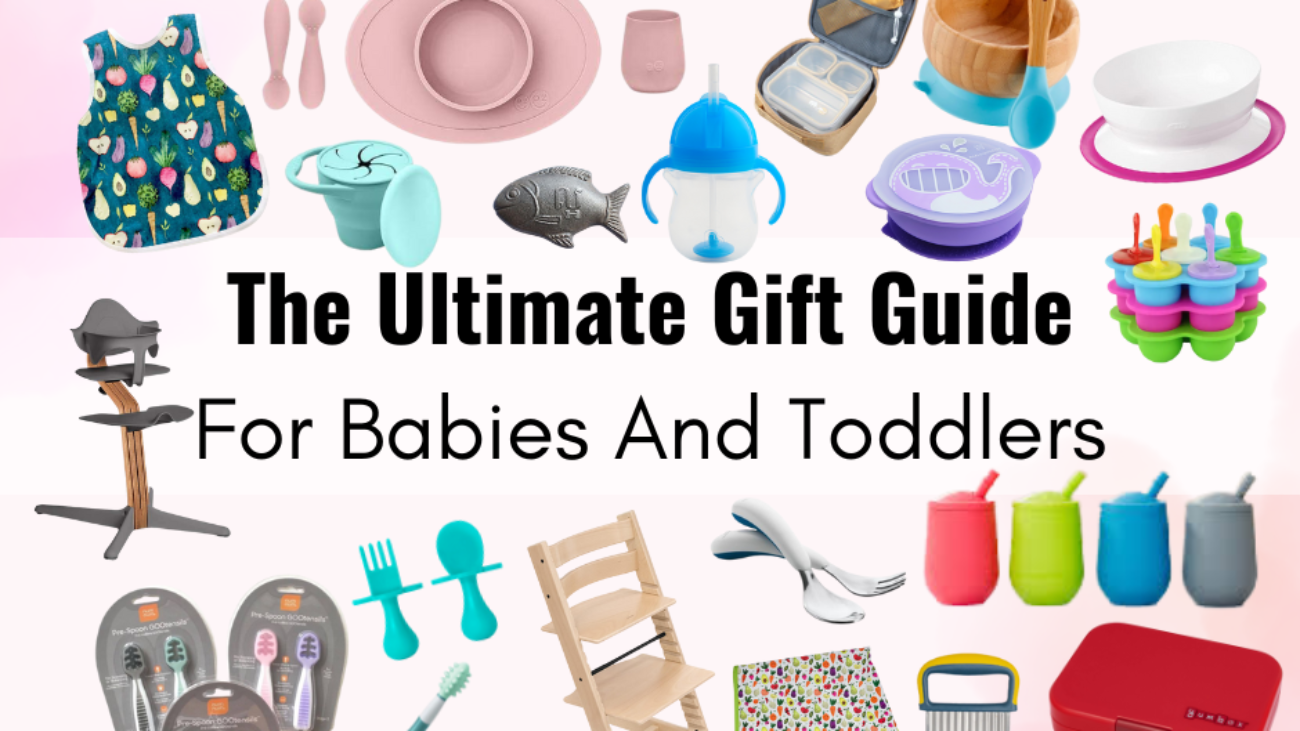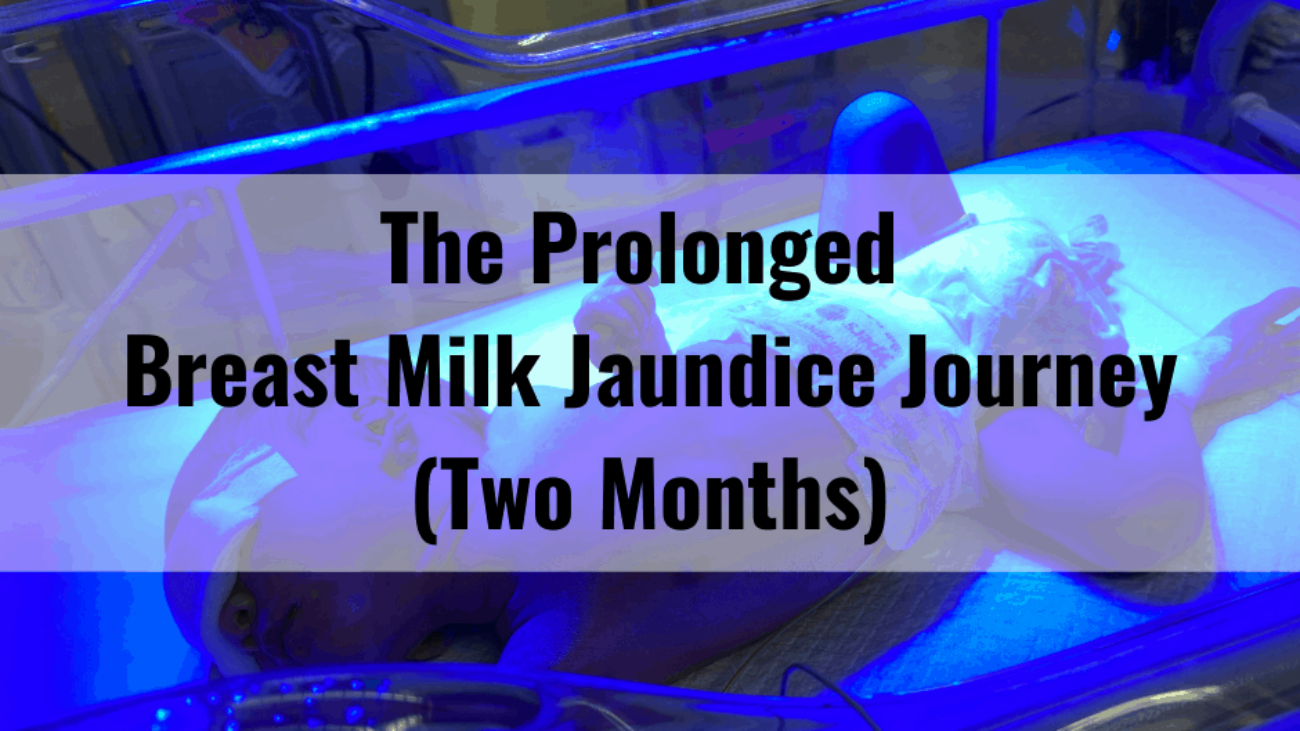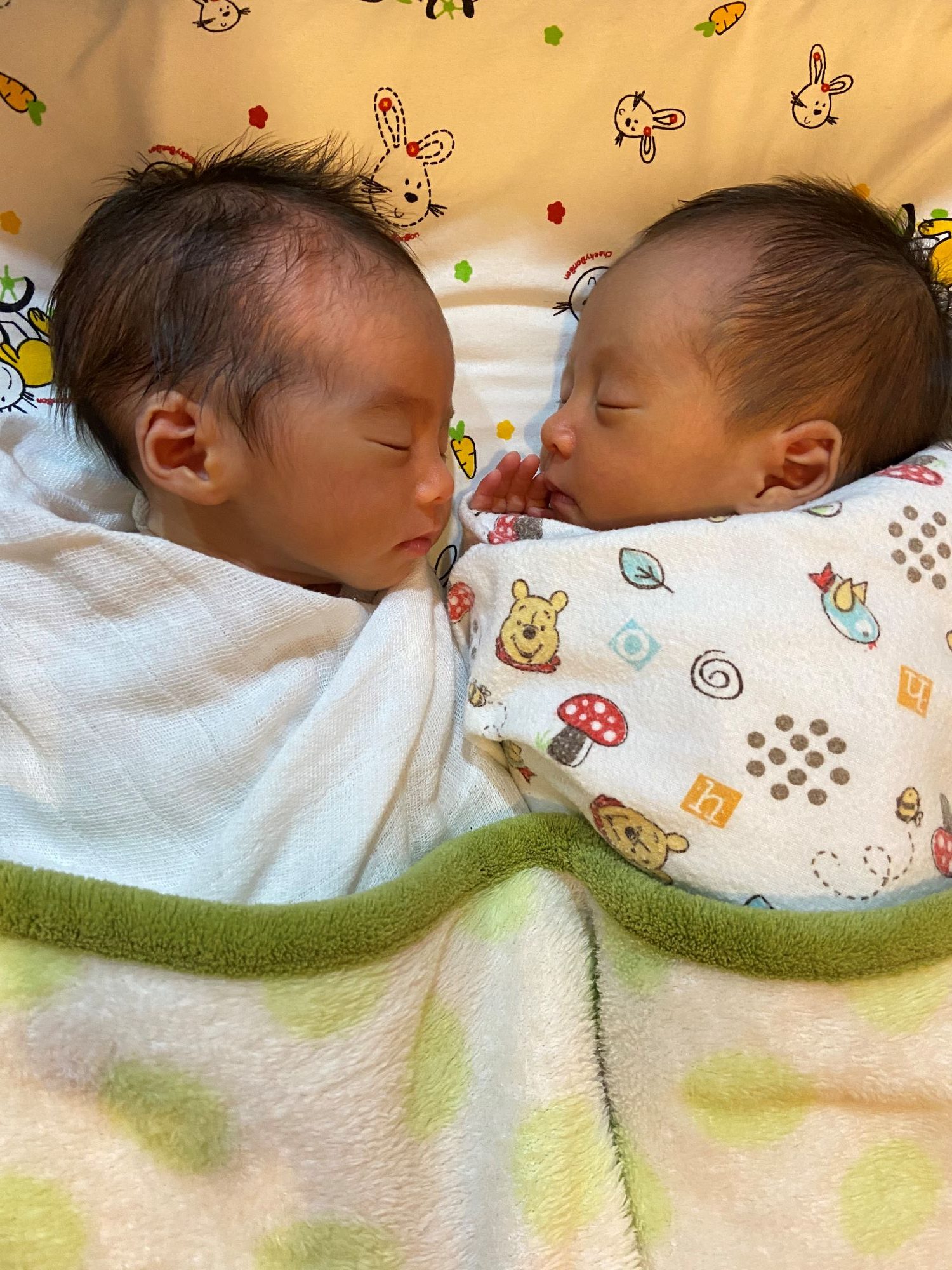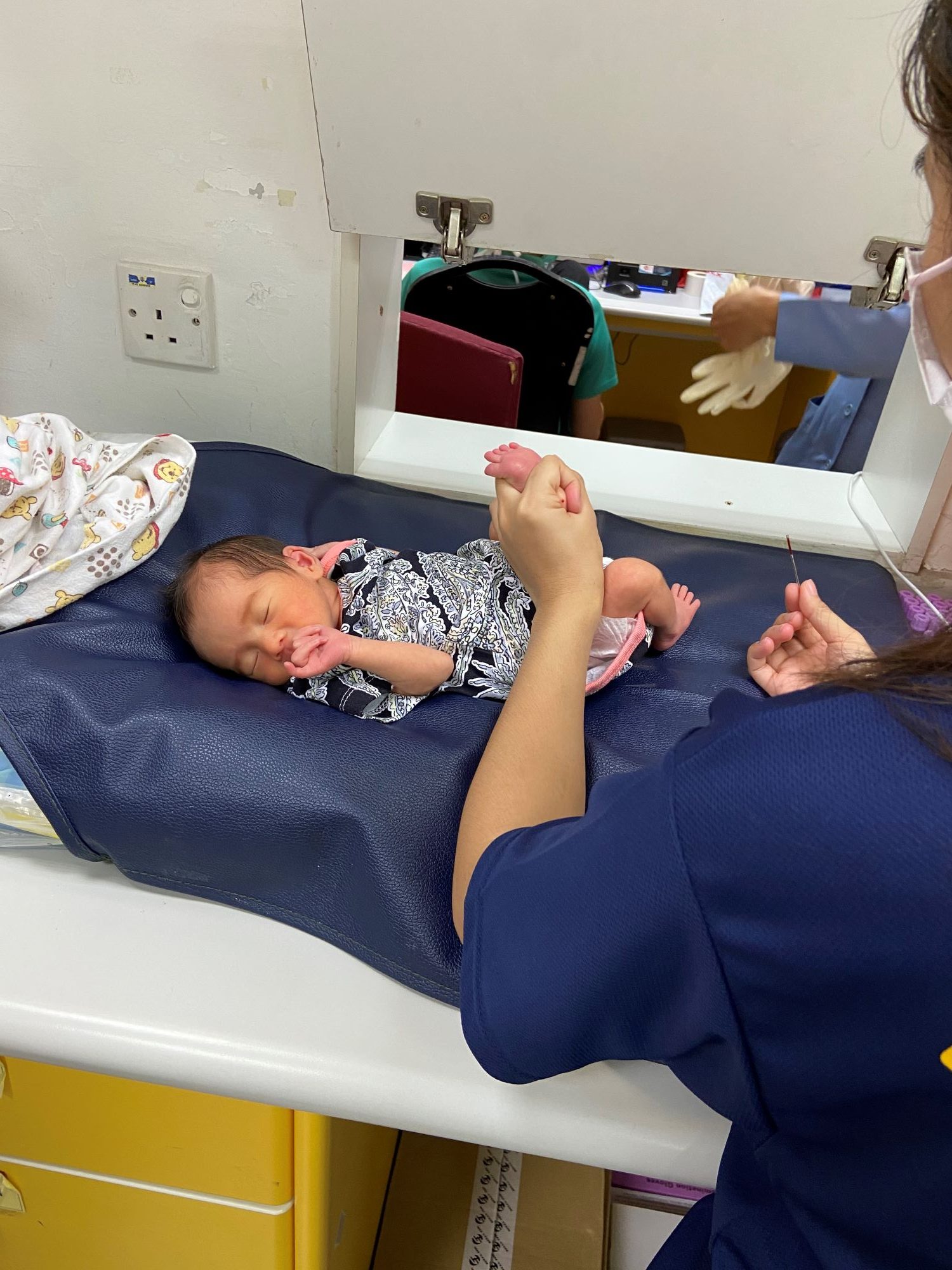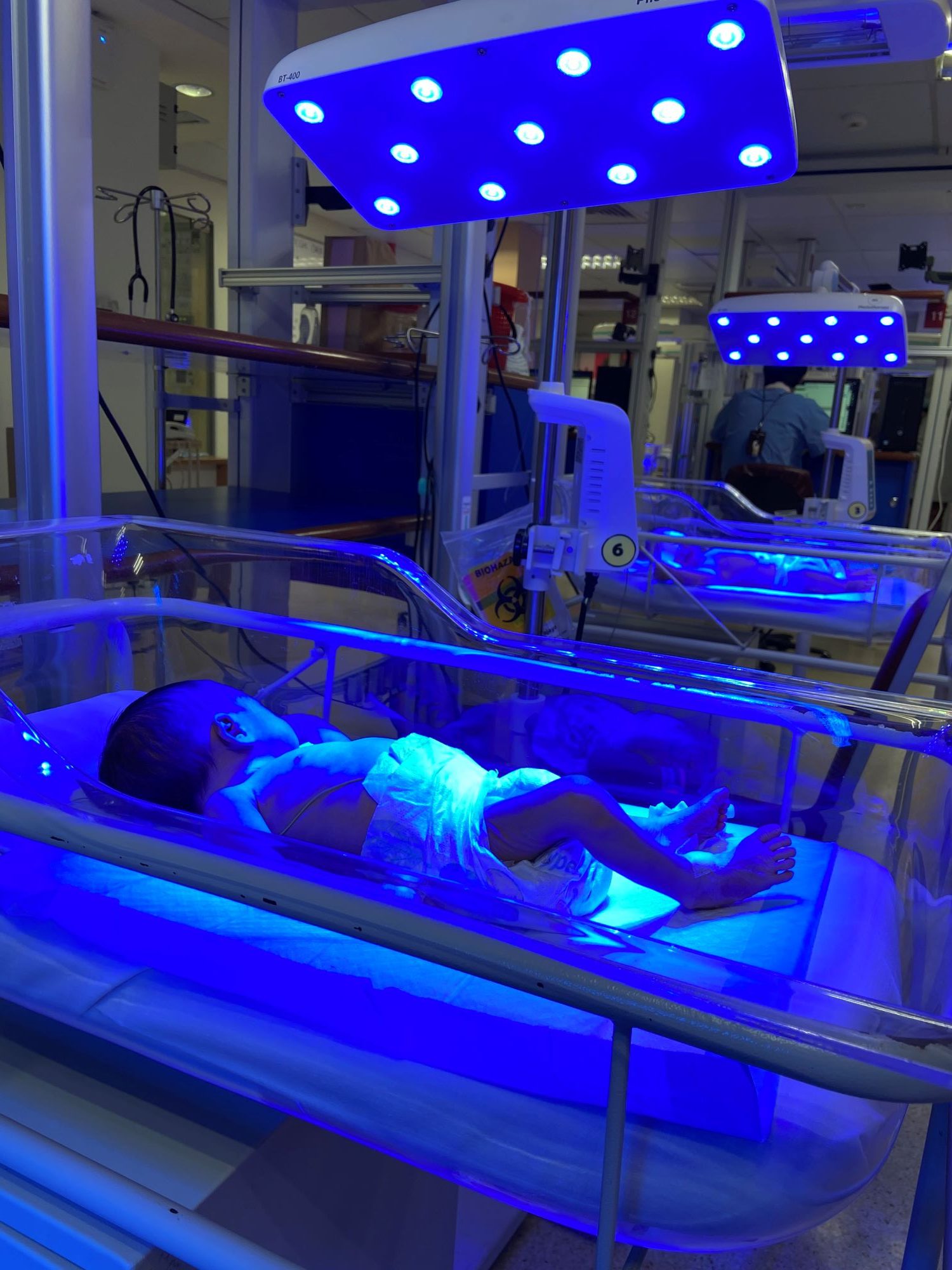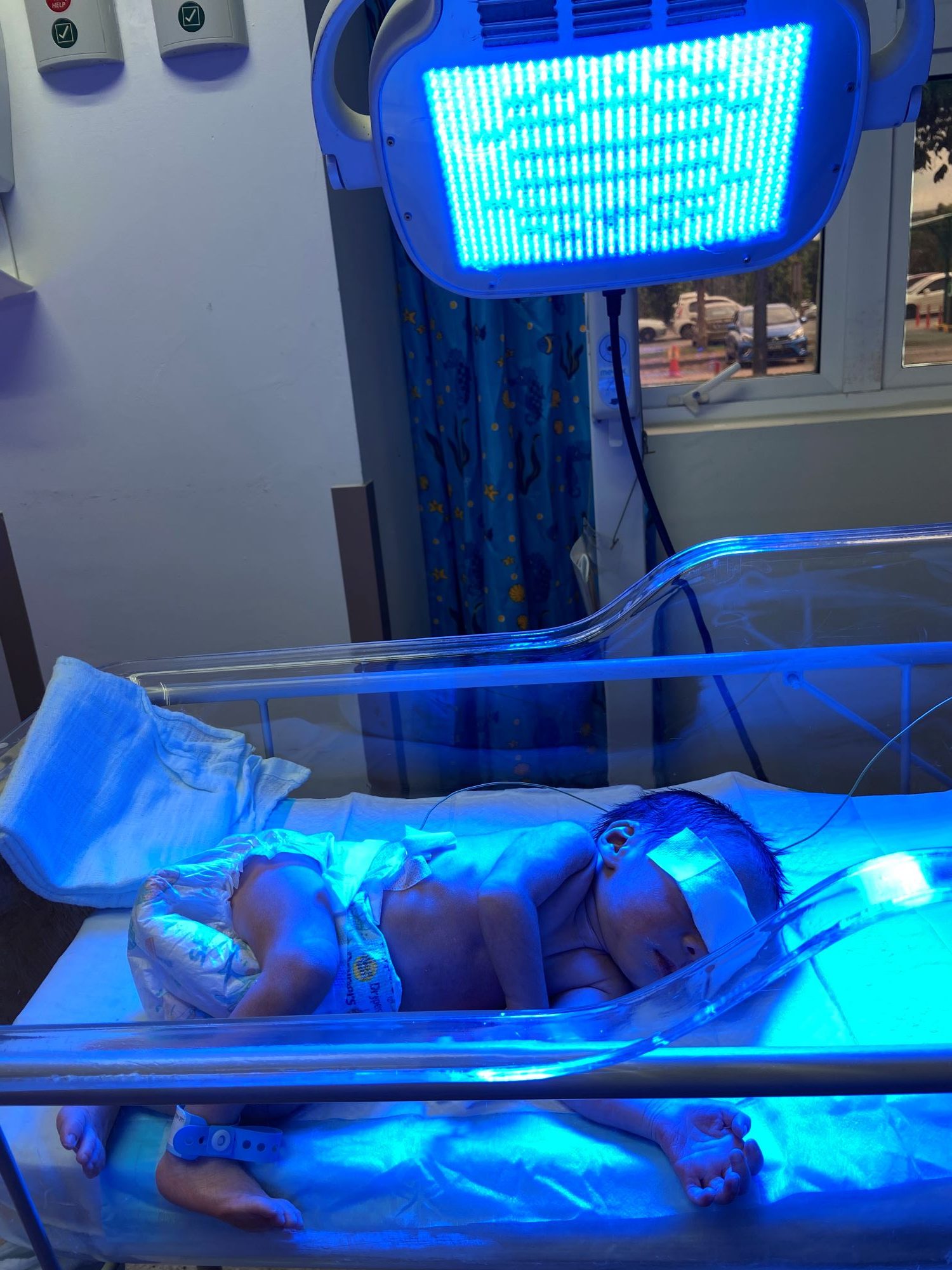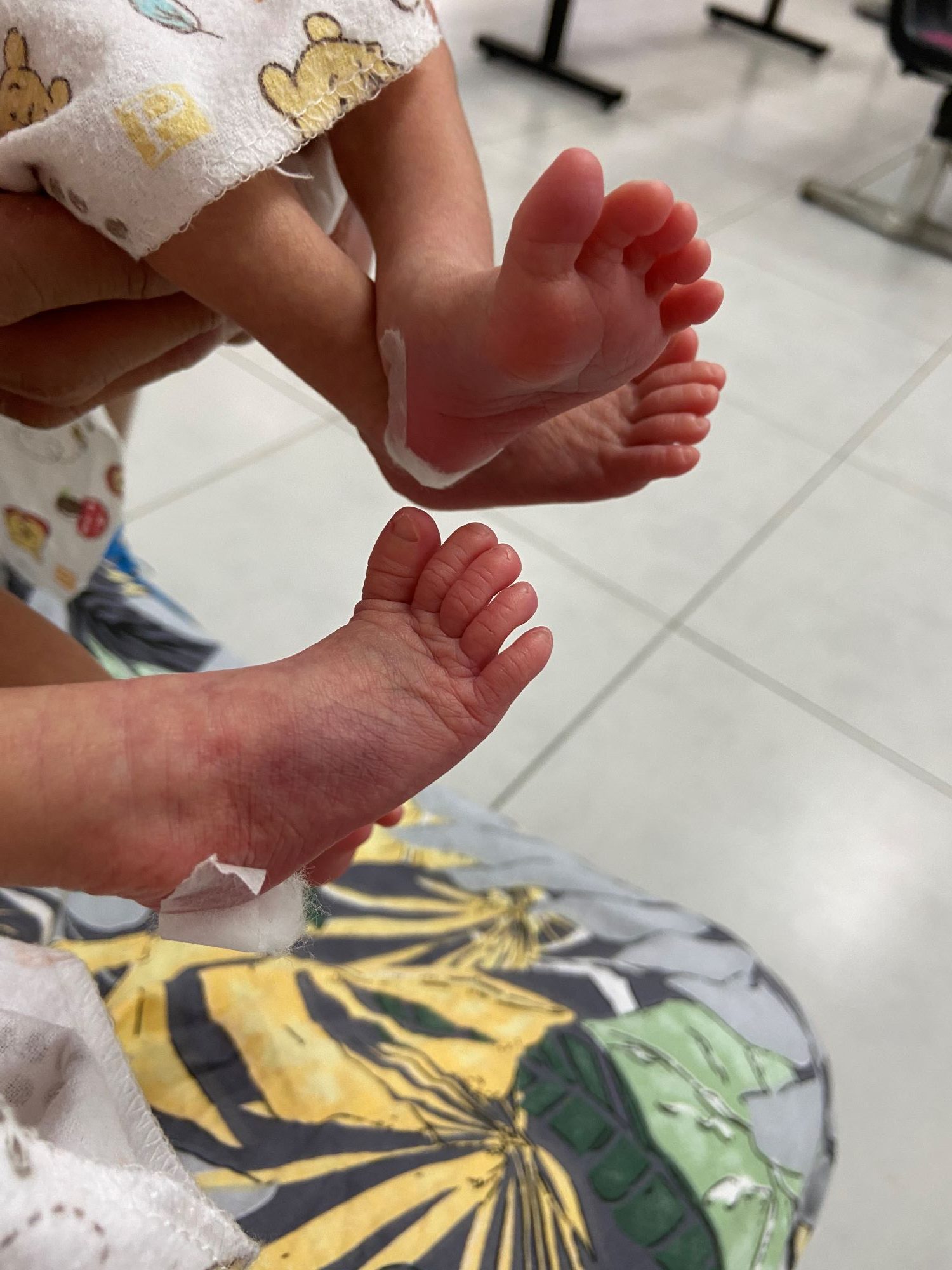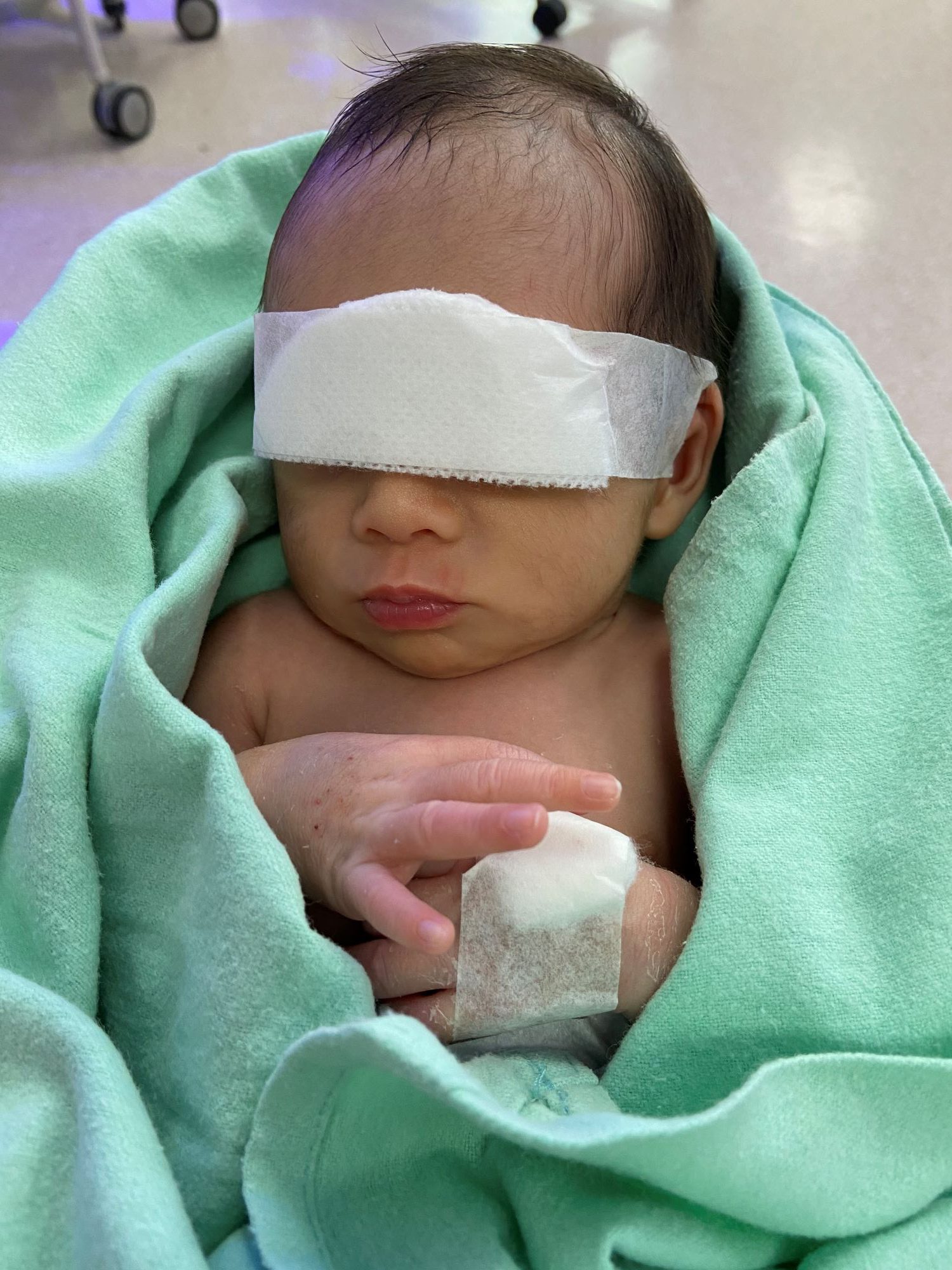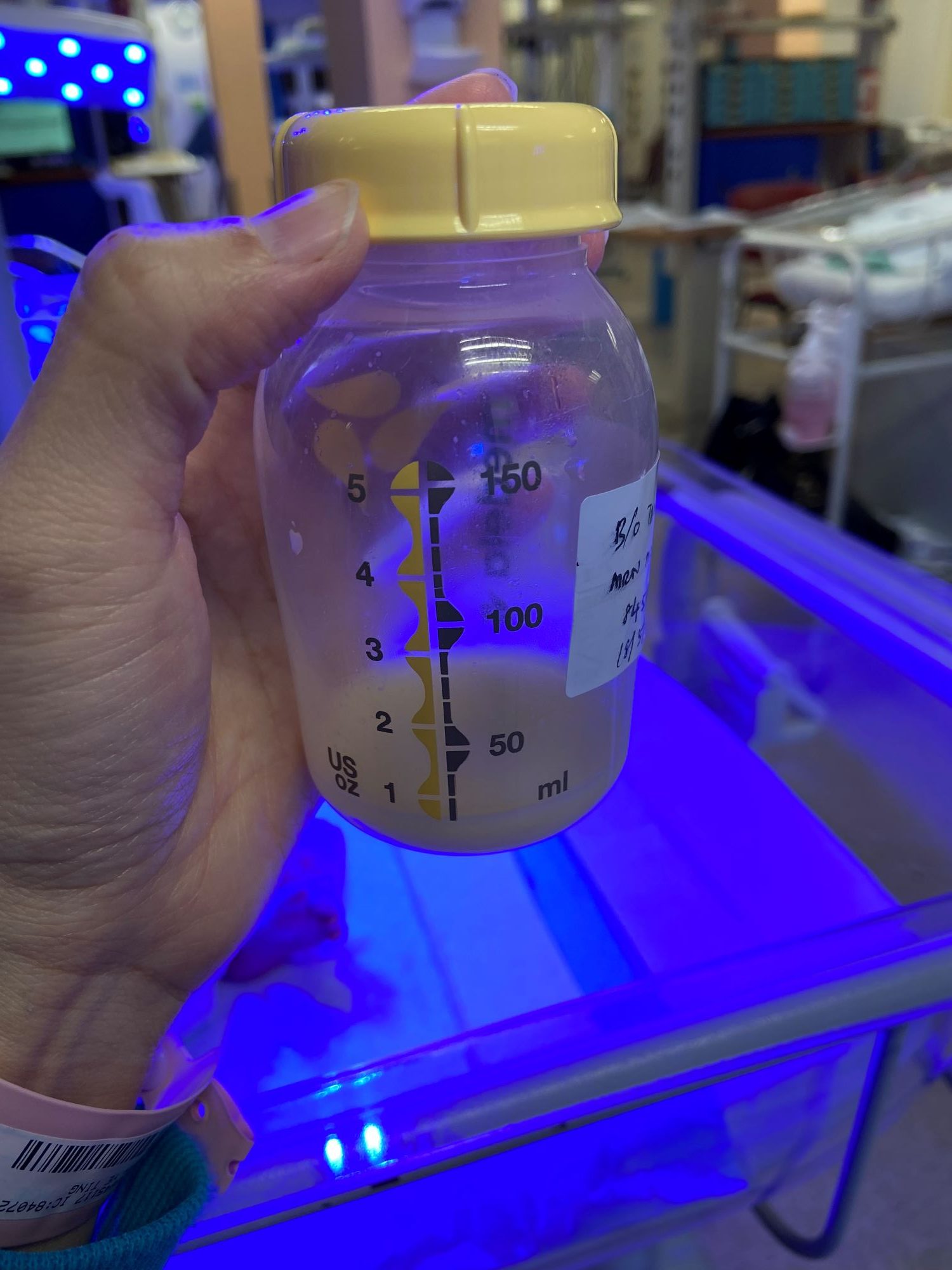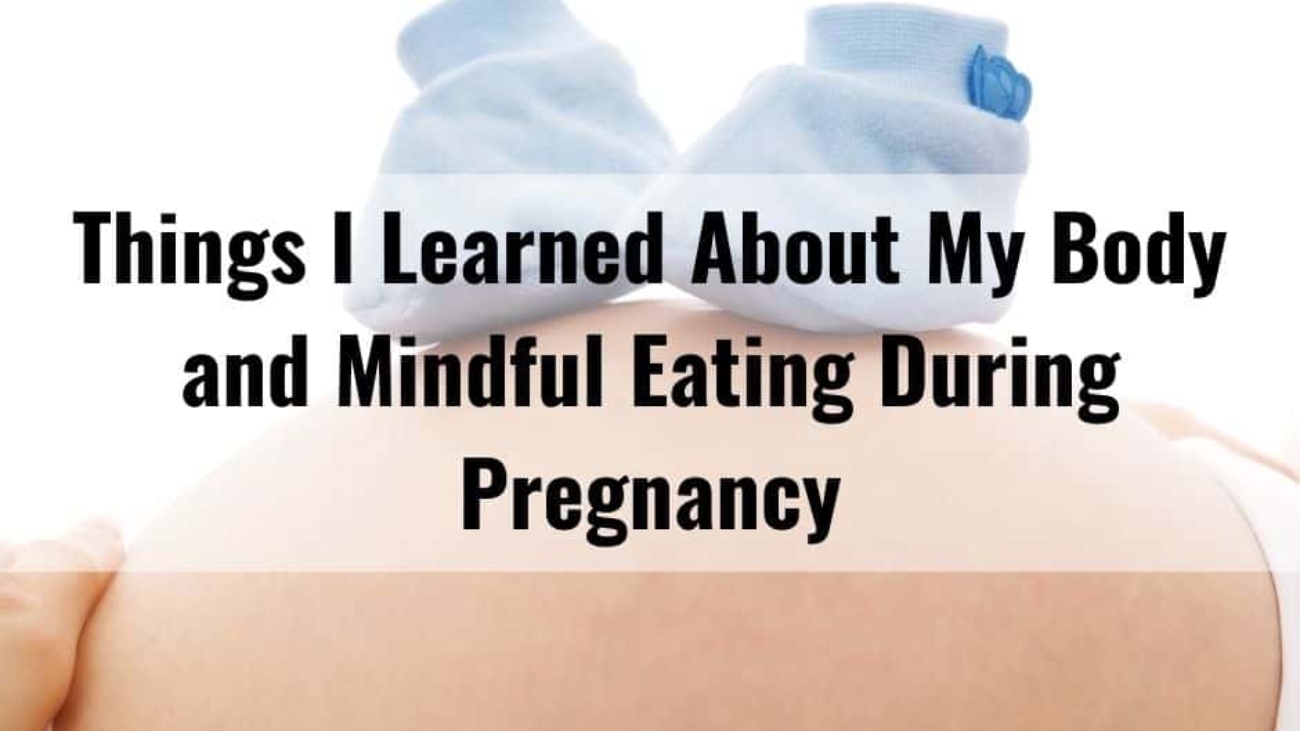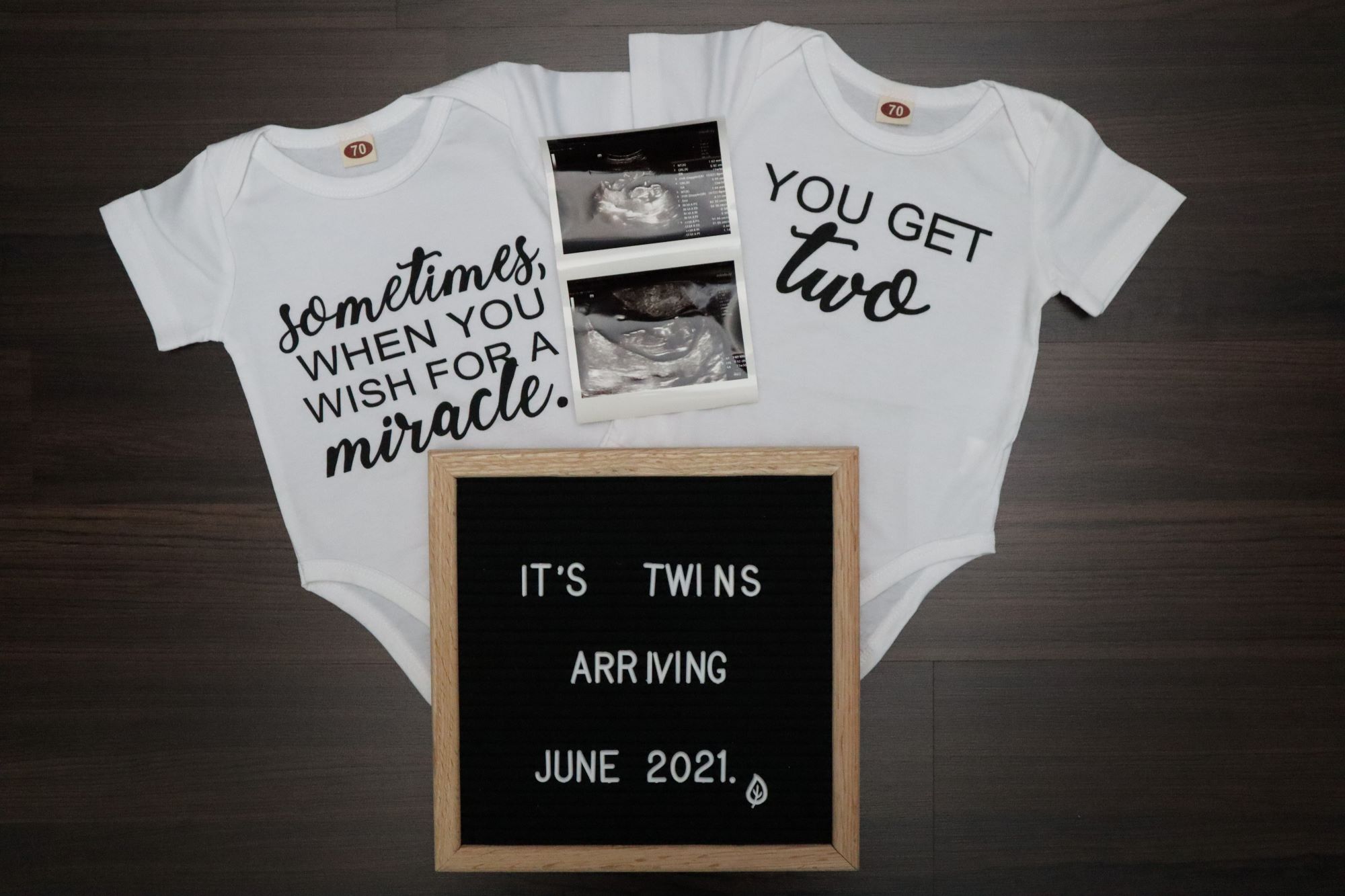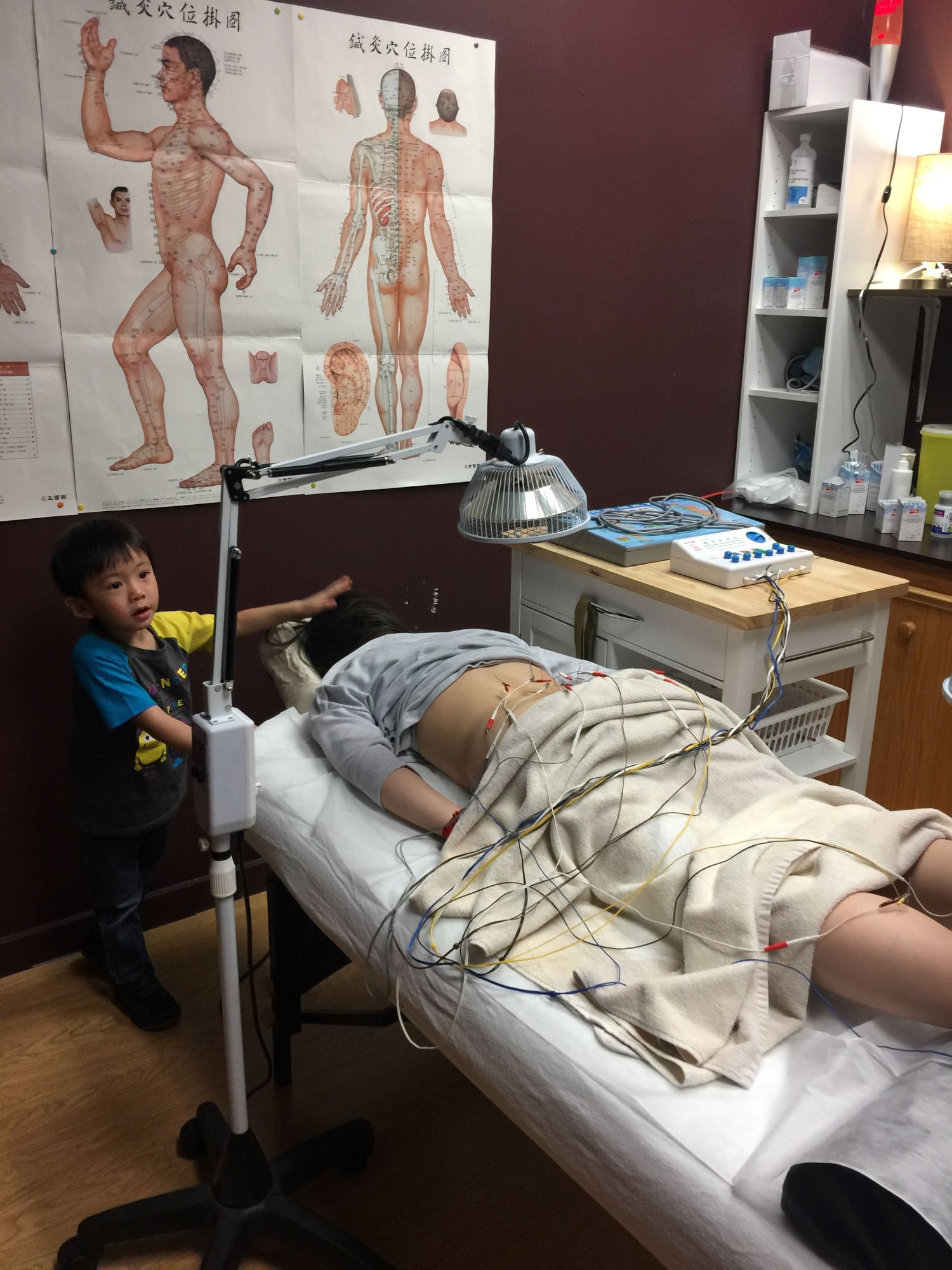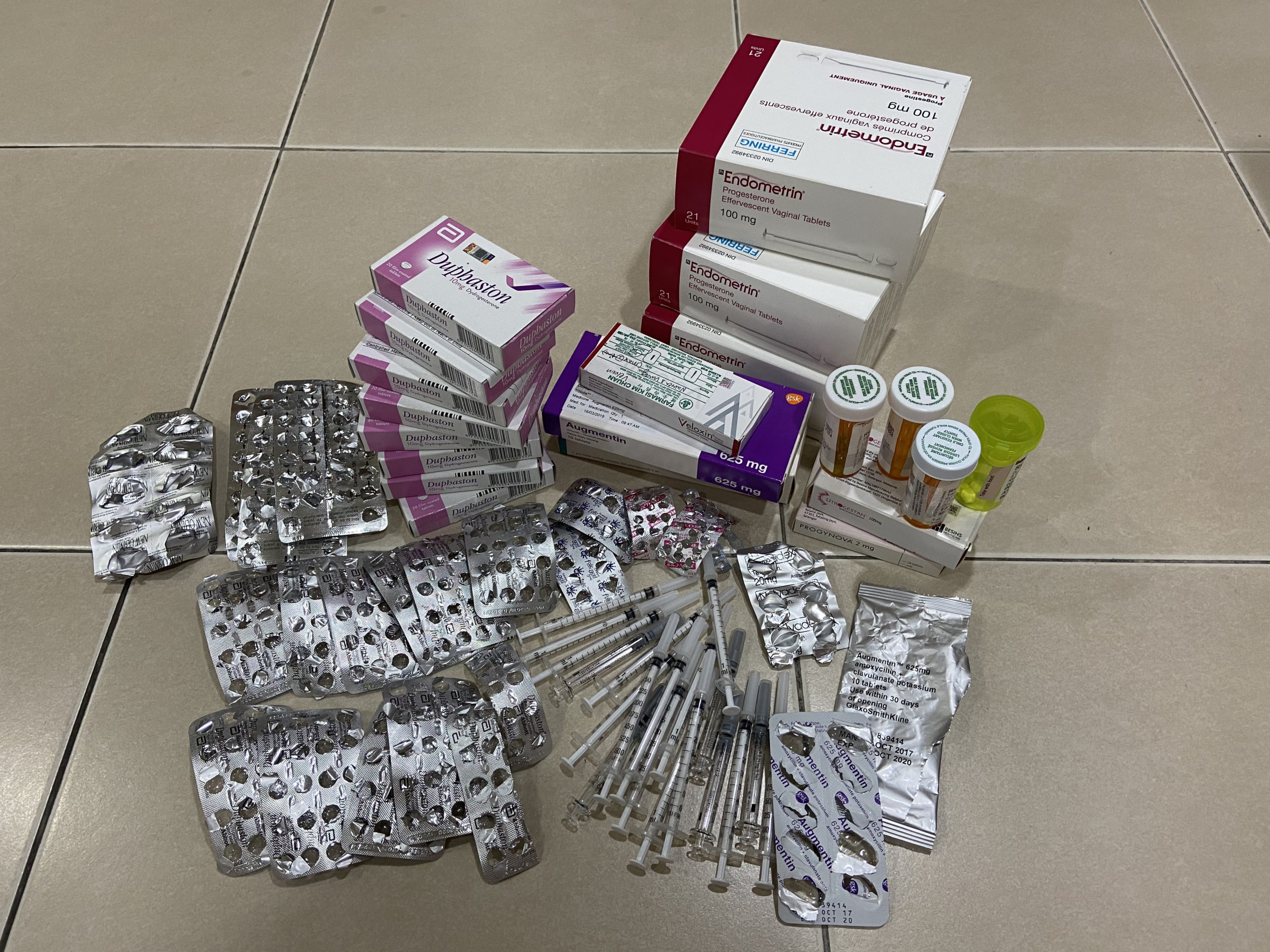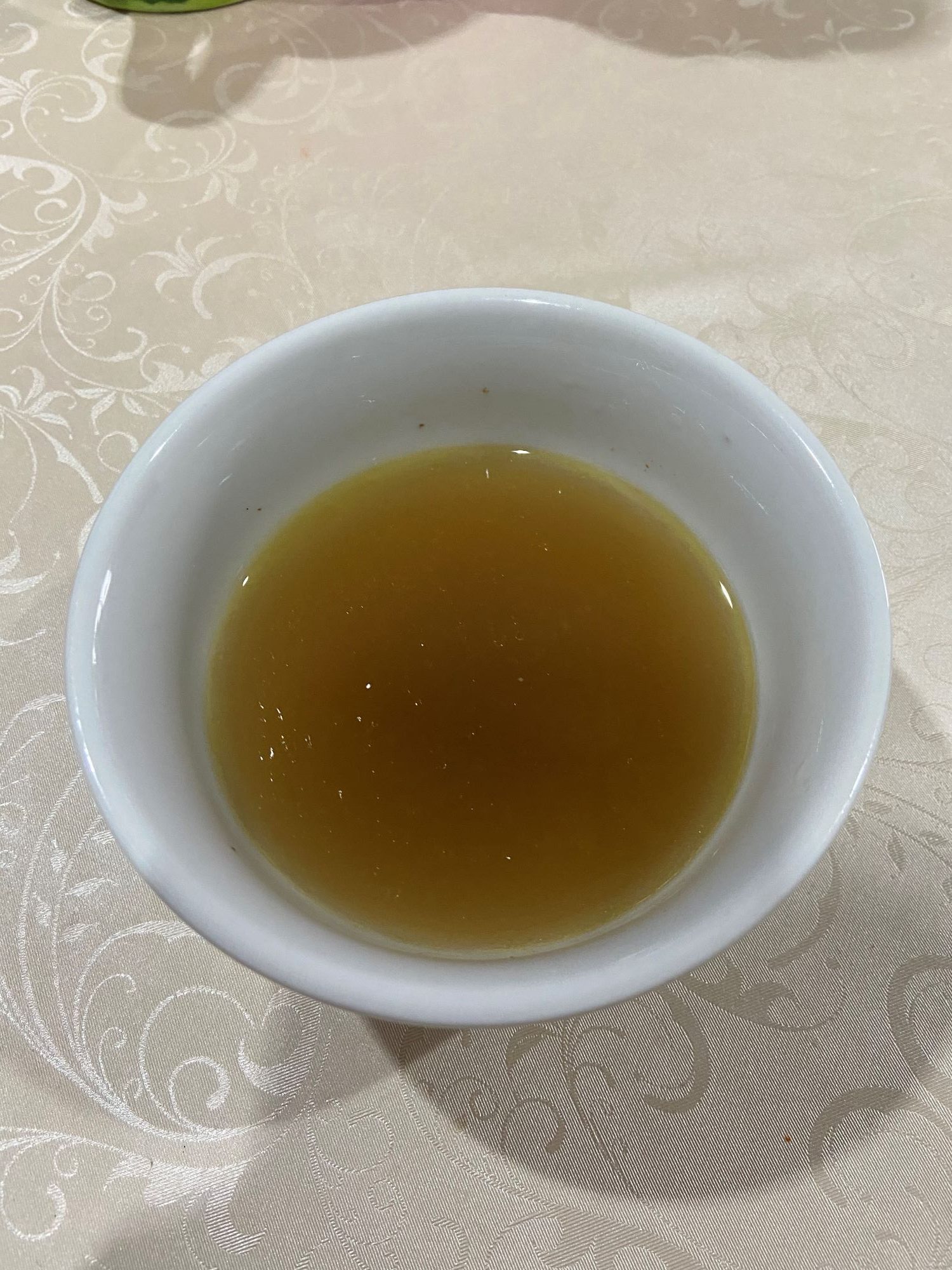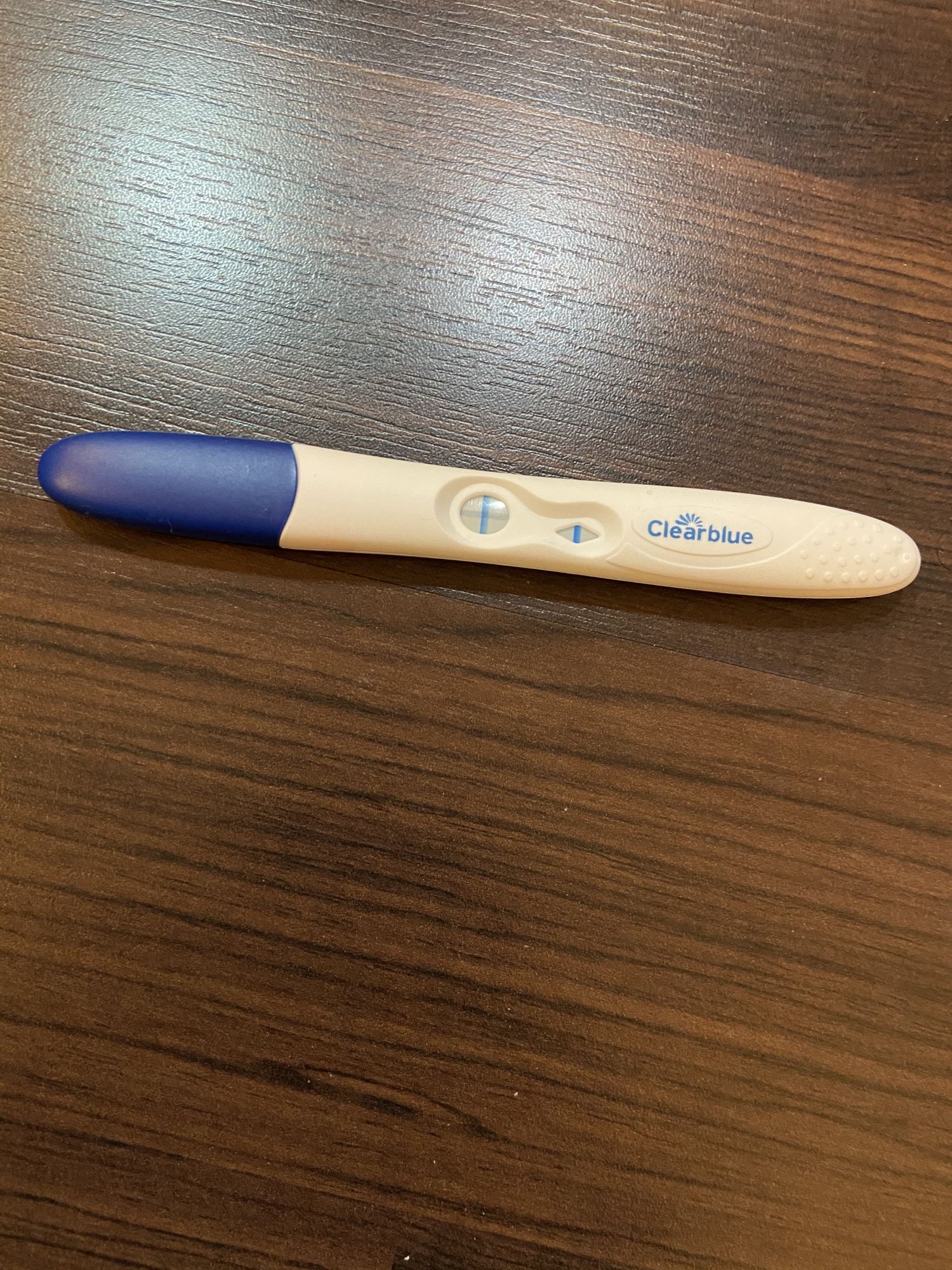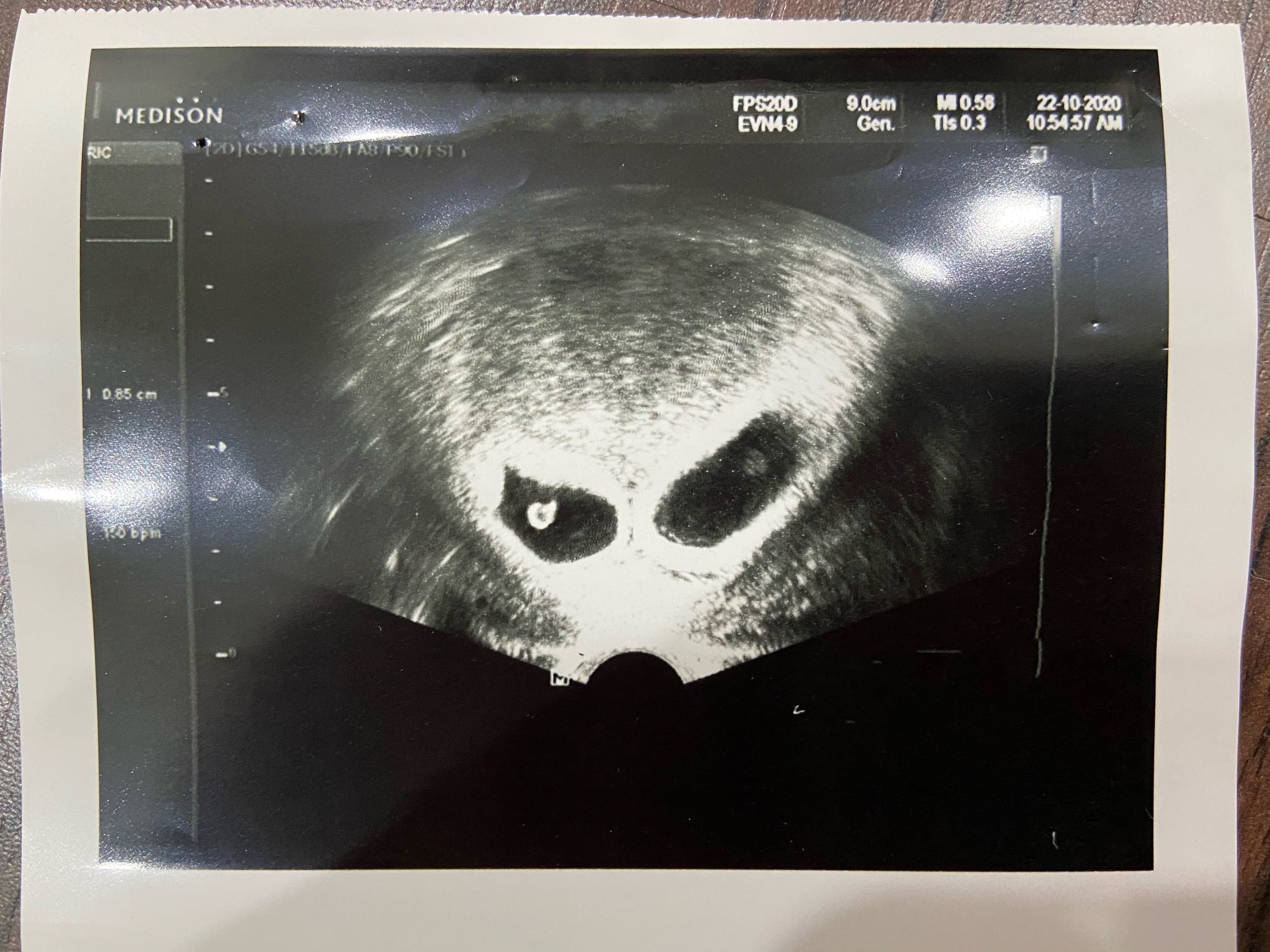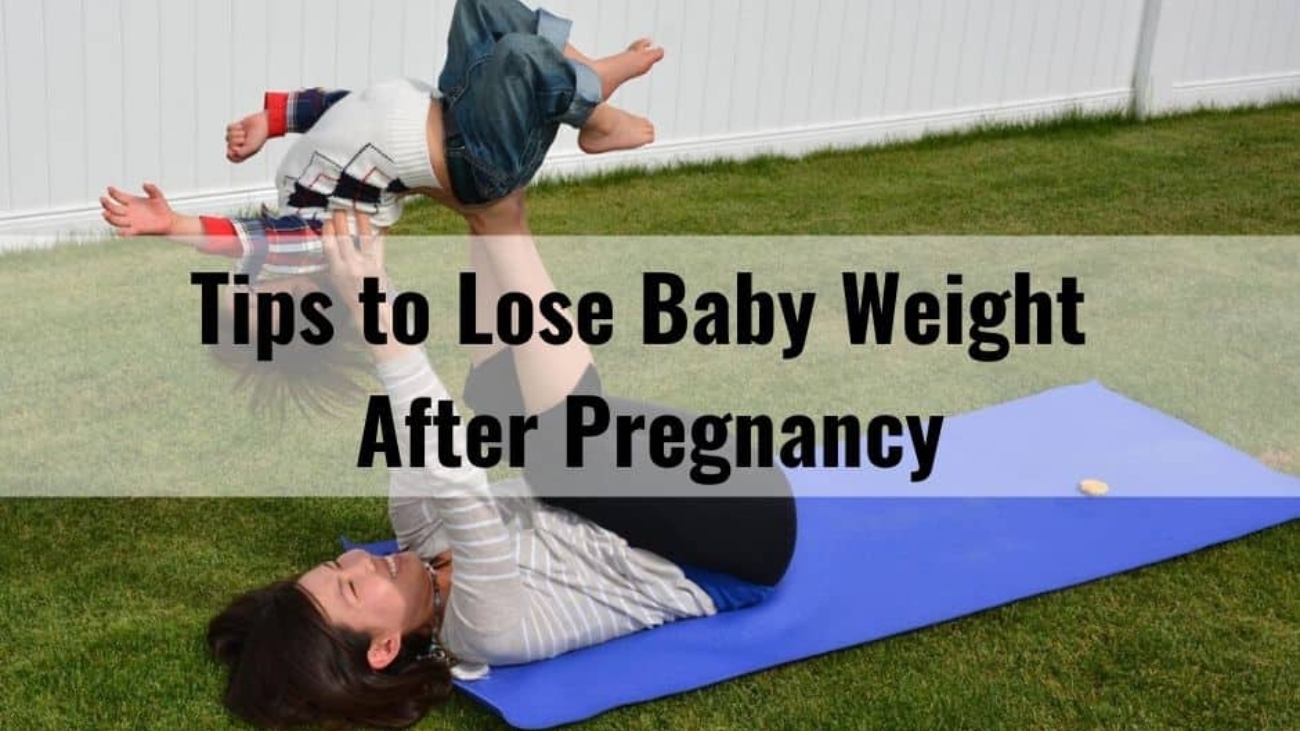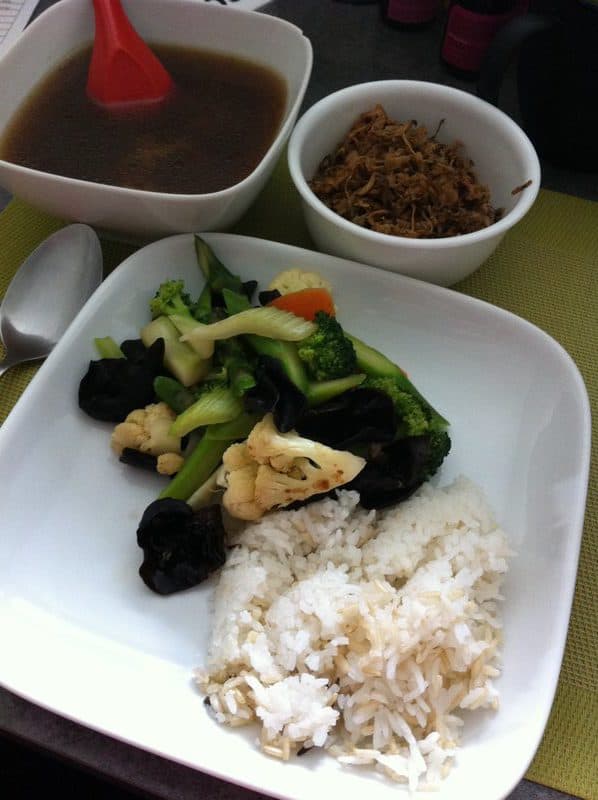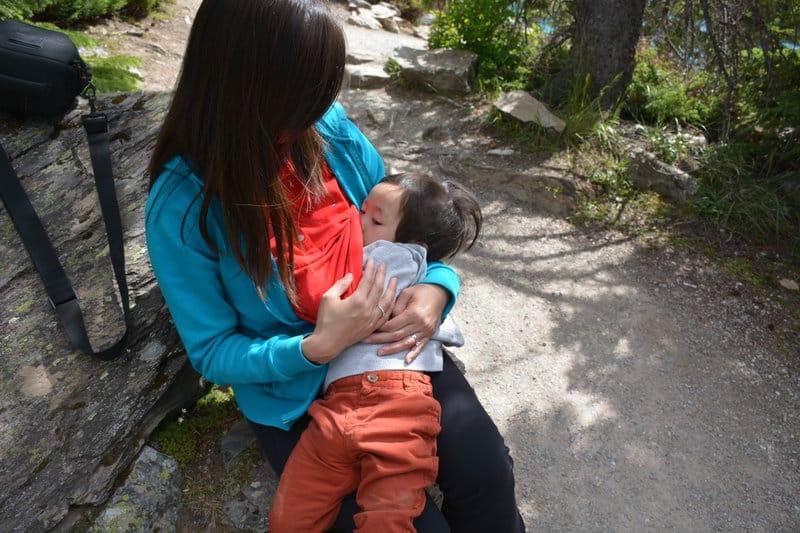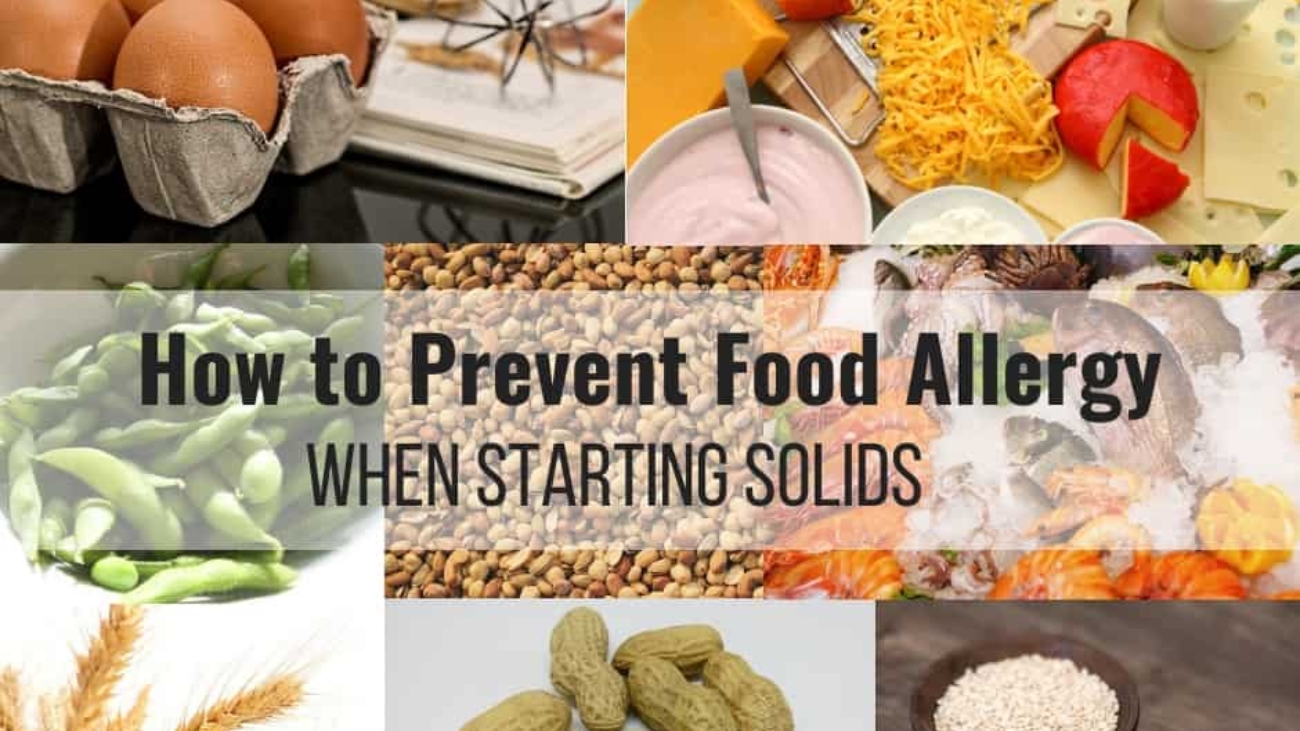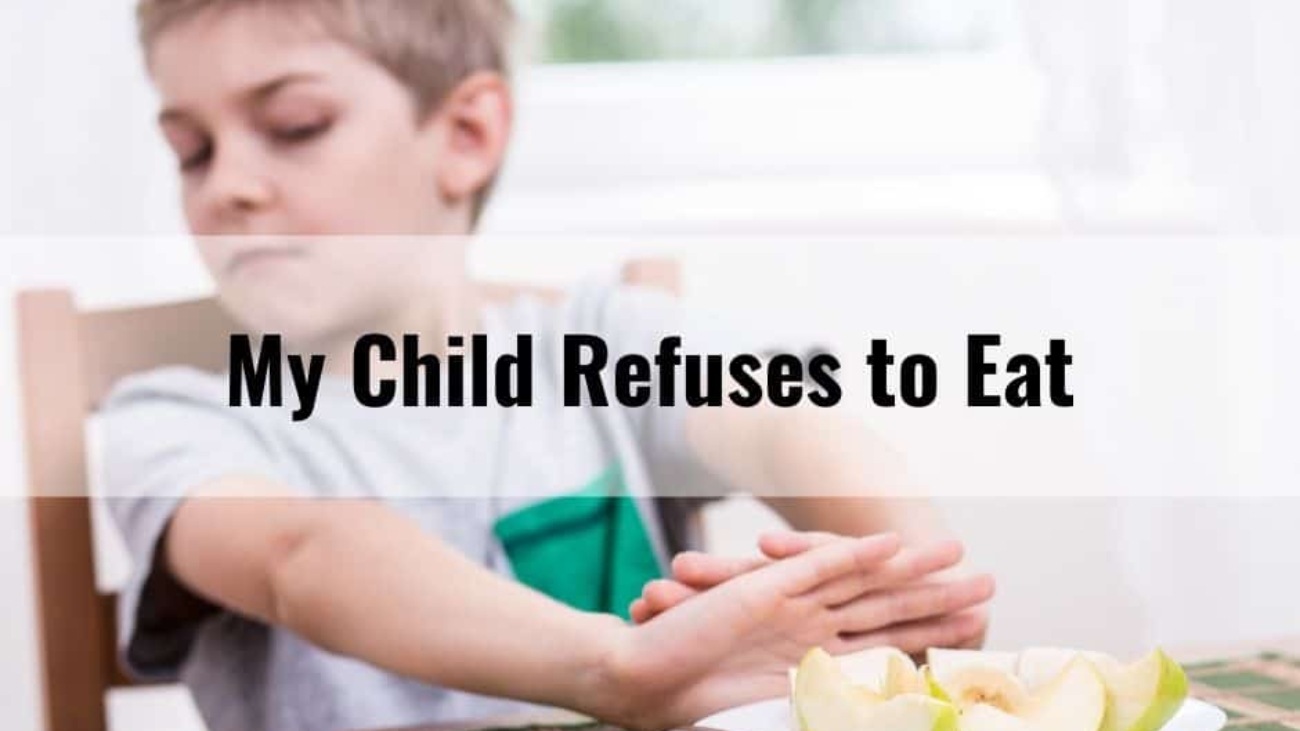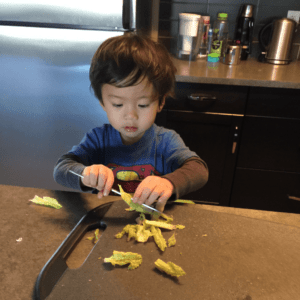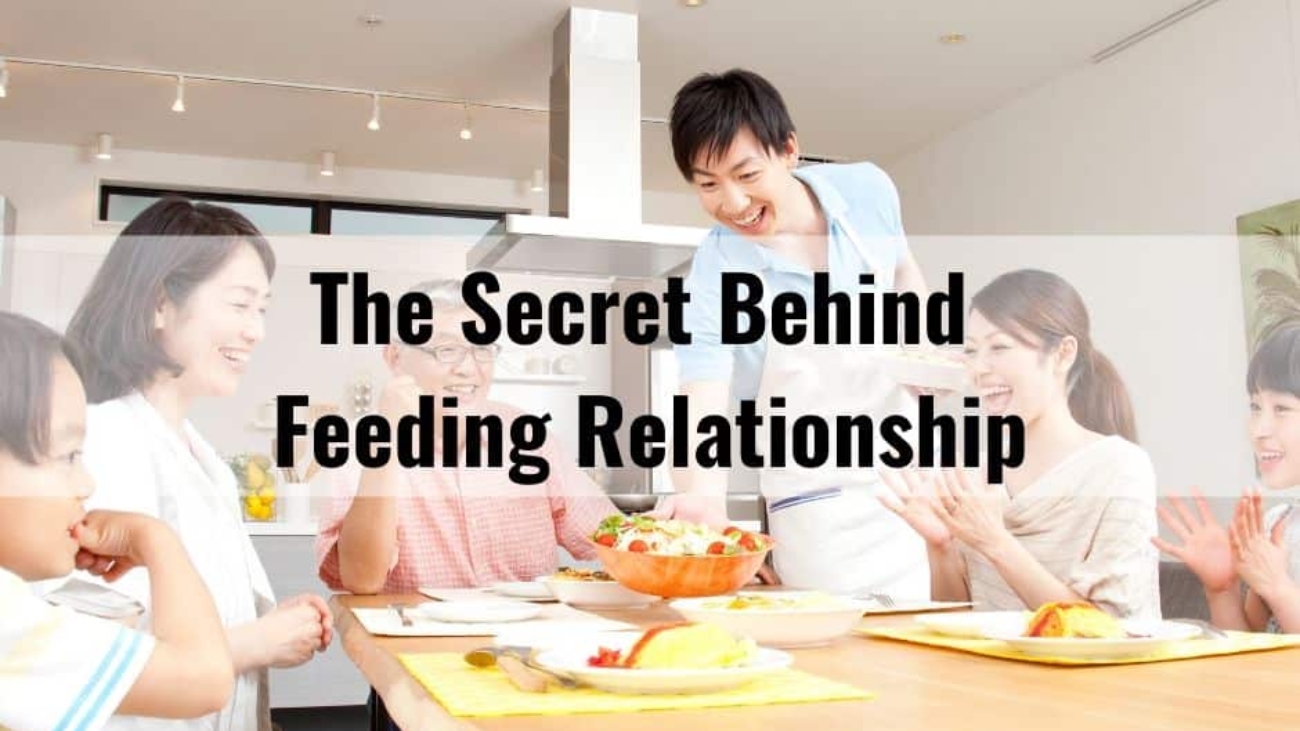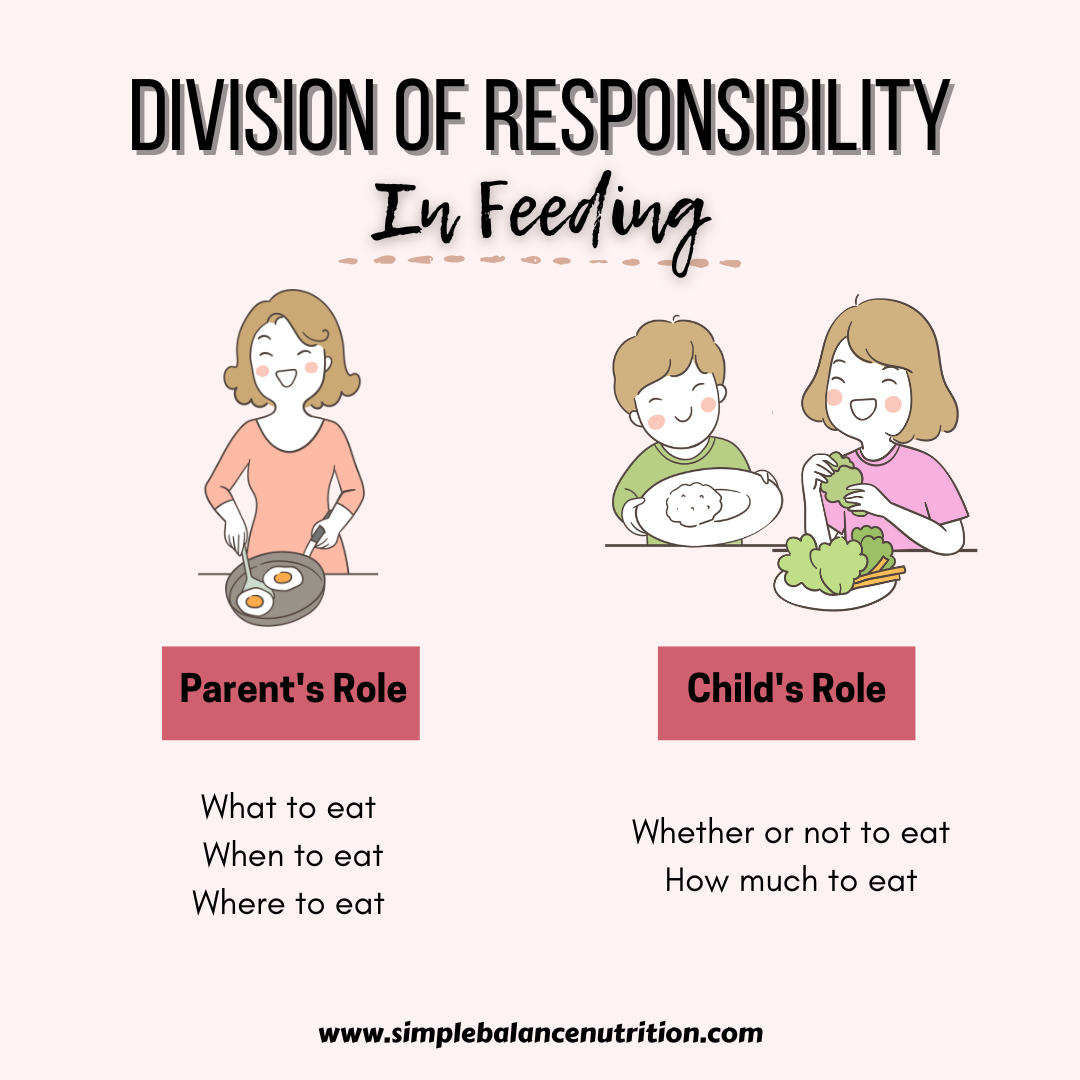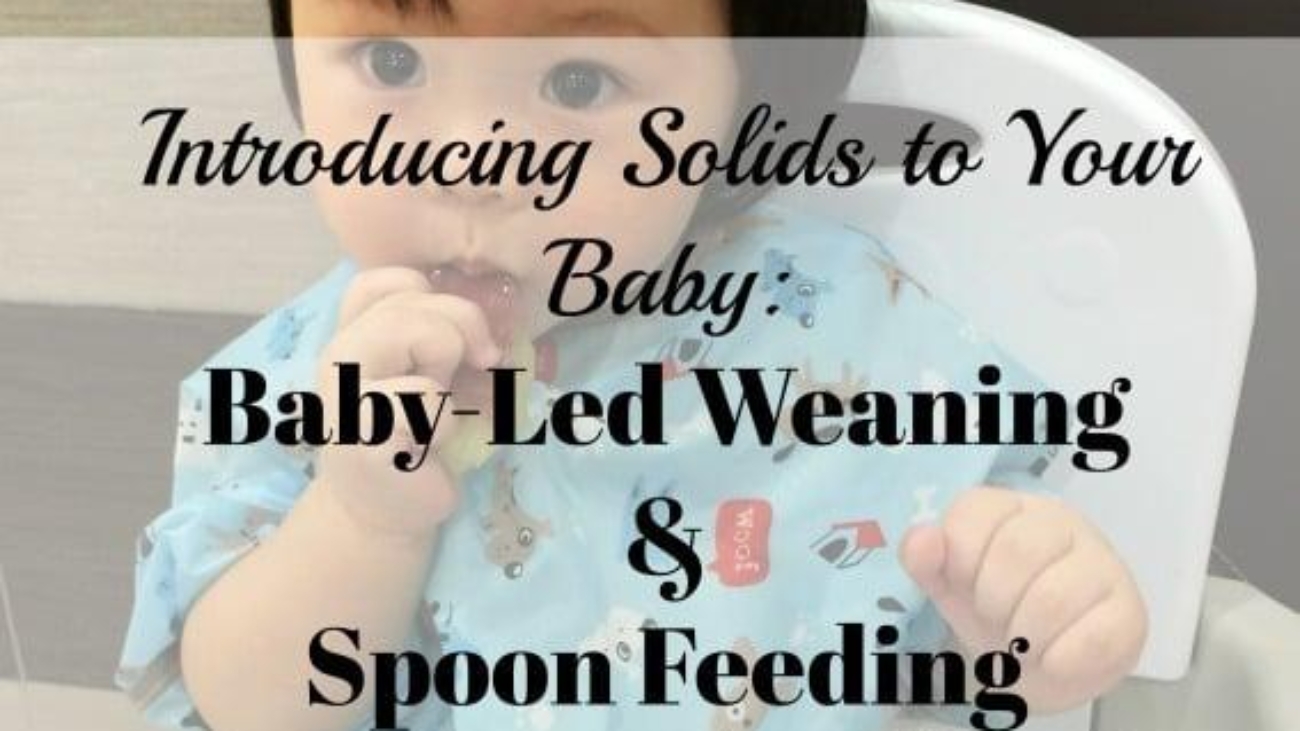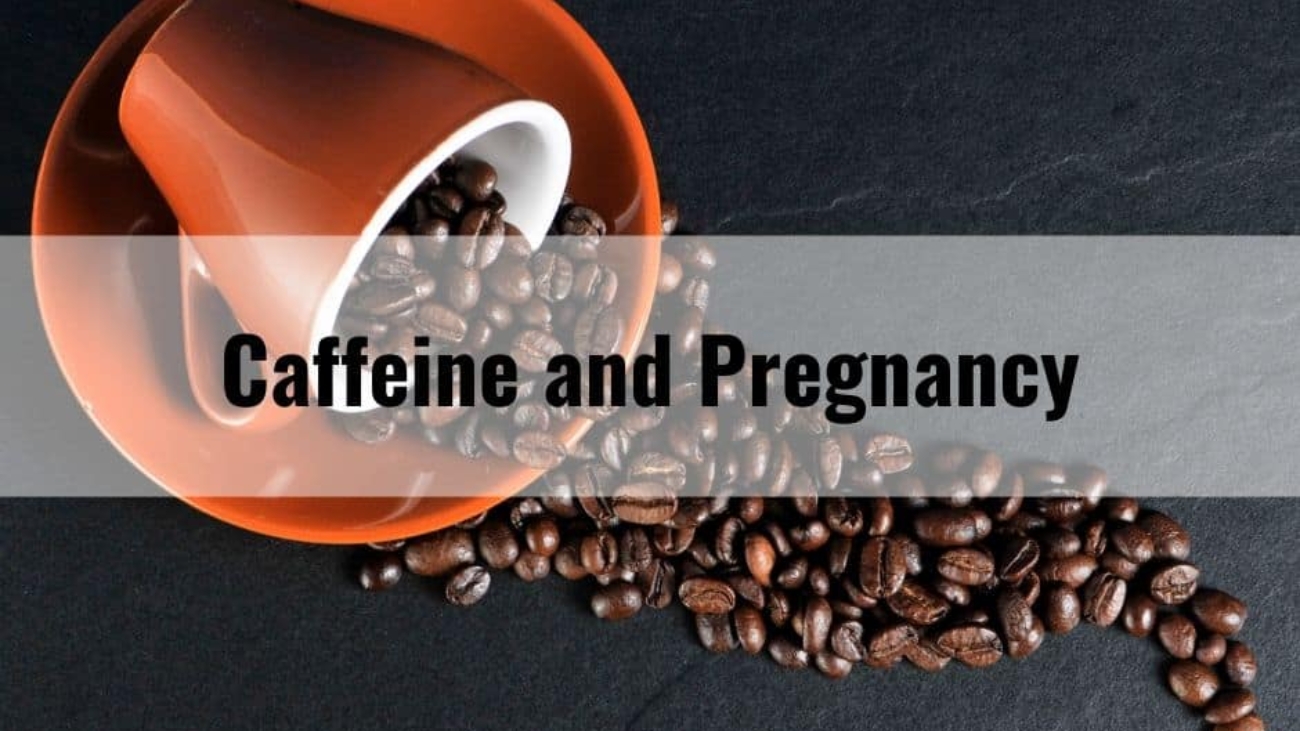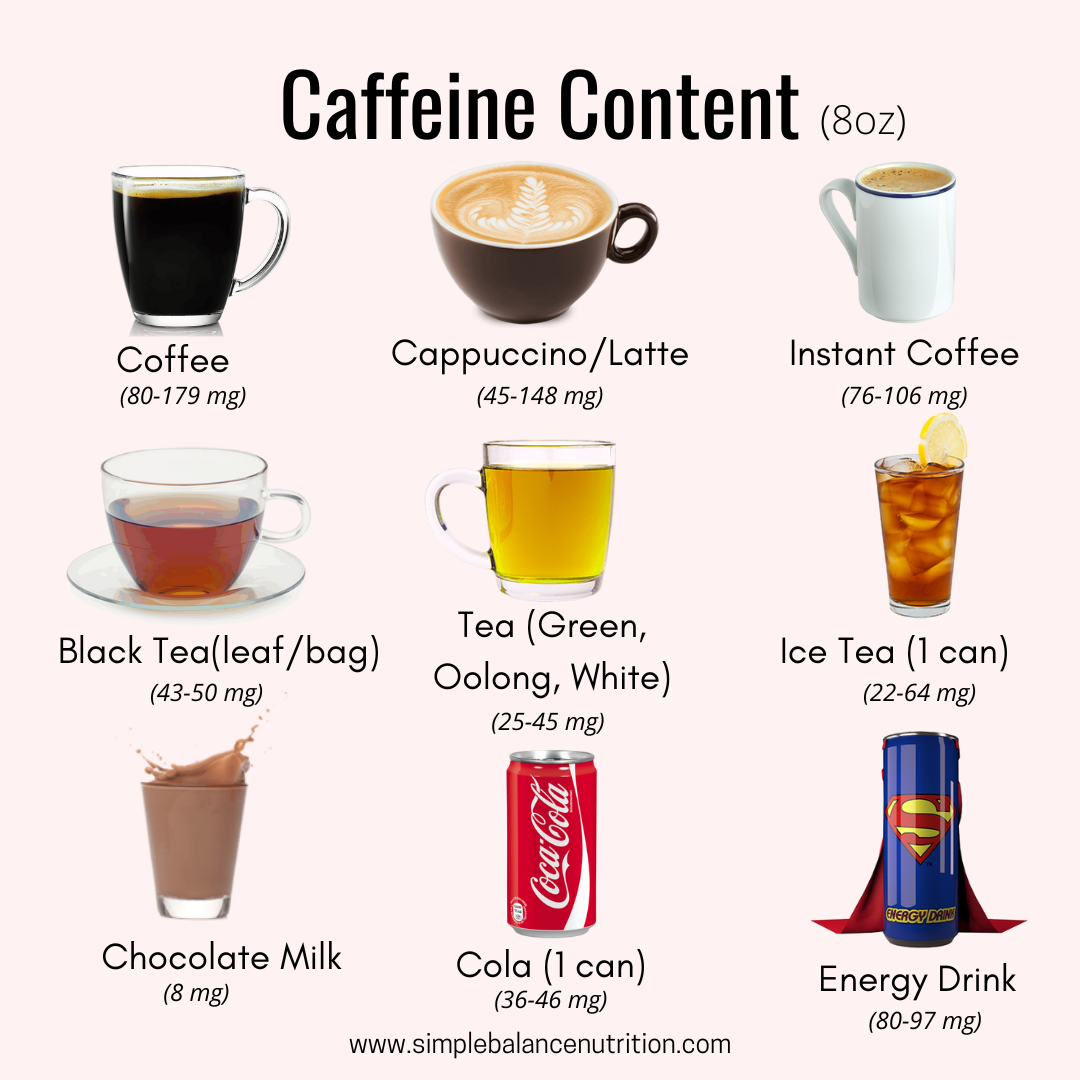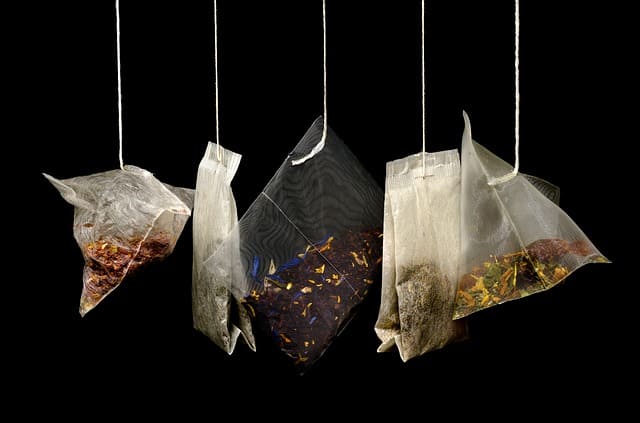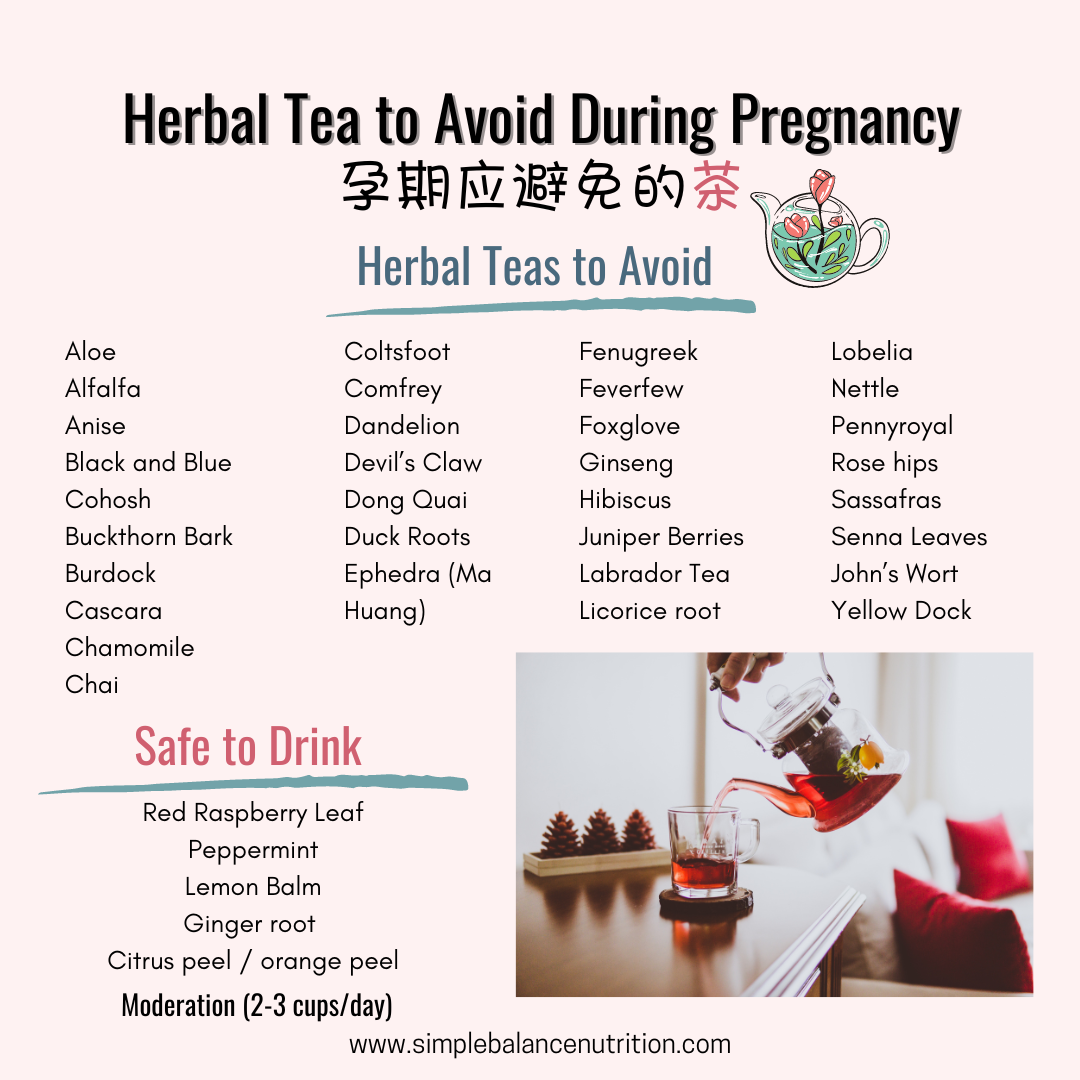If you are searching for fun, practical and educational food and eating-related gifts for children and parents, I hope you will enjoy this guide of my favorite feeding tools, books, and gadgets. I used most of them myself and those that I did not are definitely on my wish list.
BABY FEEDING GIFT ESSENTIALS
A GOOD QUALITY HIGH CHAIR
If you’re getting ready to start solids, or even if you’ve already started and looking for a comfortable, ergonomic and easy to clean high chair for your baby, here is my top 3 recommendations:
1. STOKKE TRIPP TRAPP HIGH CHAIR
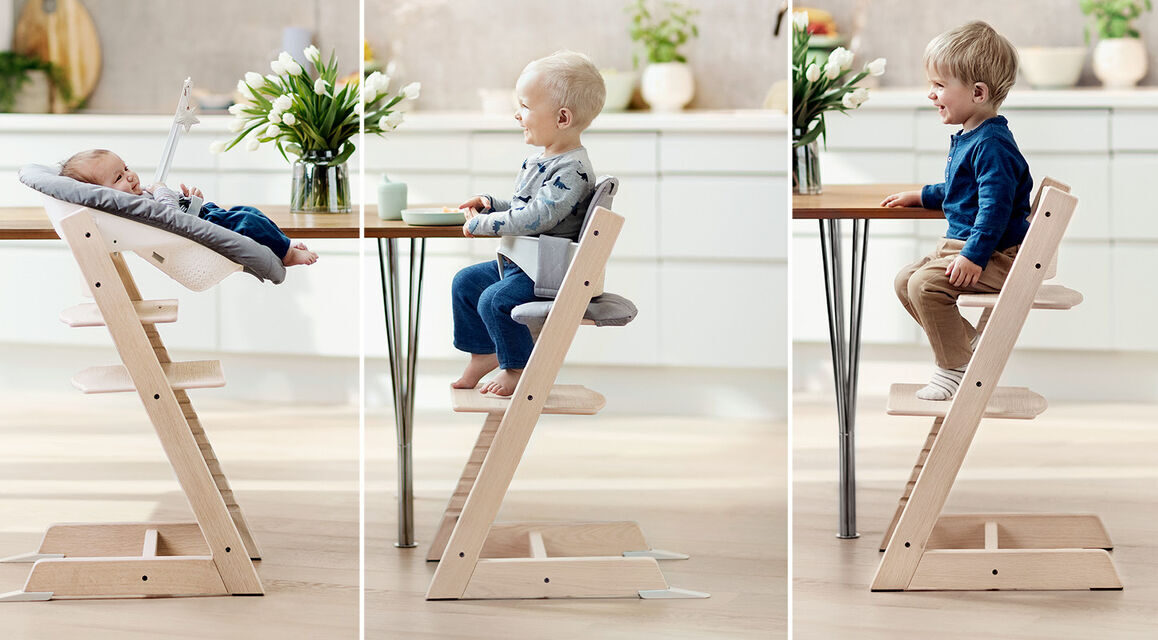
The Stokke Tripp Trapp is a high quality wooden chair with an adjustable footrest. It is made to grow with your baby so they can continue to use it into toddlerhood and beyond. Be sure to purchase the Tray and Baby Set for feeding infants 6 -18 months.
2. NOMI HIGH CHAIR
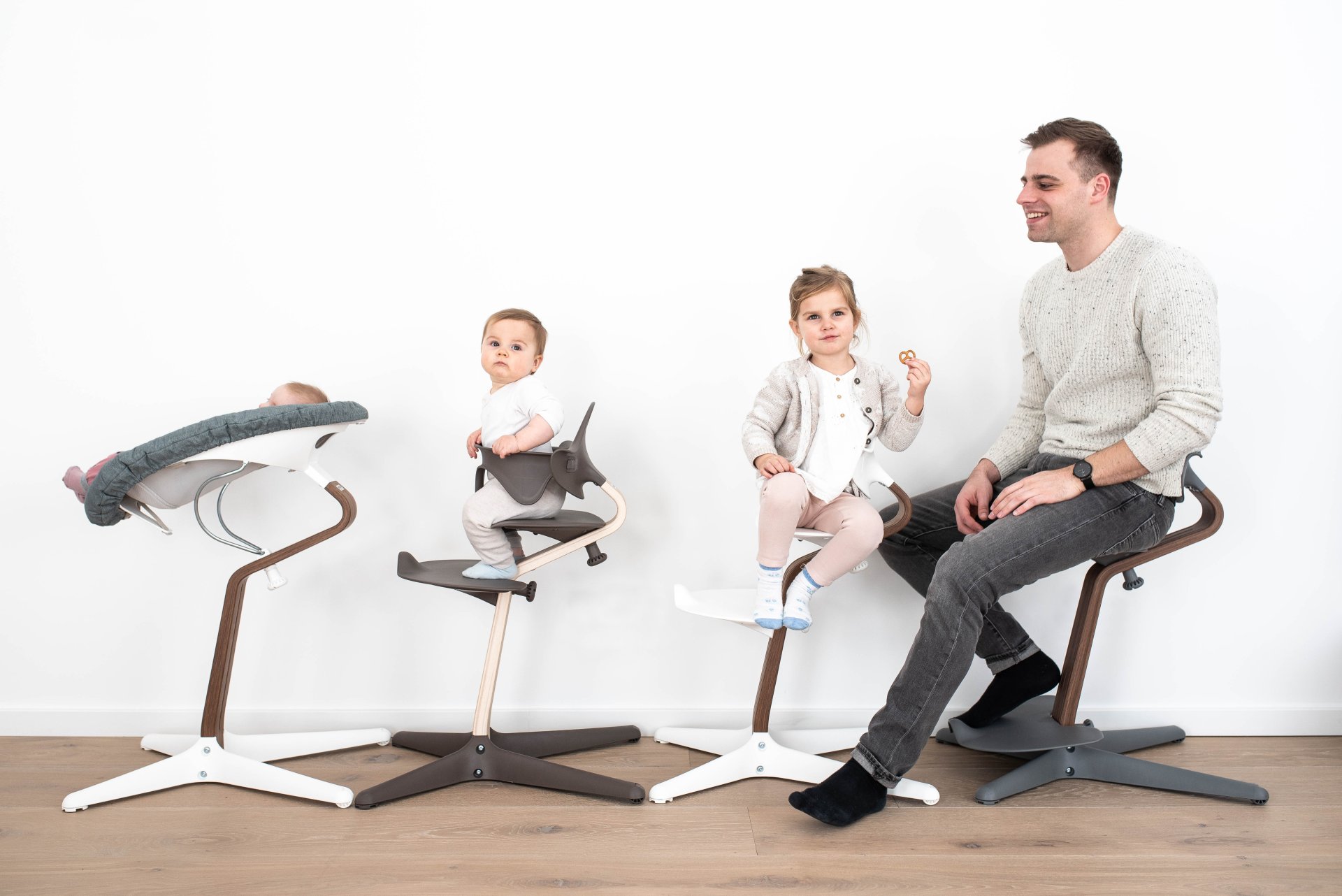
The Nomi High Chair is a modern upgrade to the Tripp Trapp. It is light and easy to move or hang on the table for clean-up. The adjustable footrest and seat do not require tools.
You can get 10% off Nomi High Chair with the code YETING: click here to shop.
3. IKEA ANTILOP HIGH CHAIR
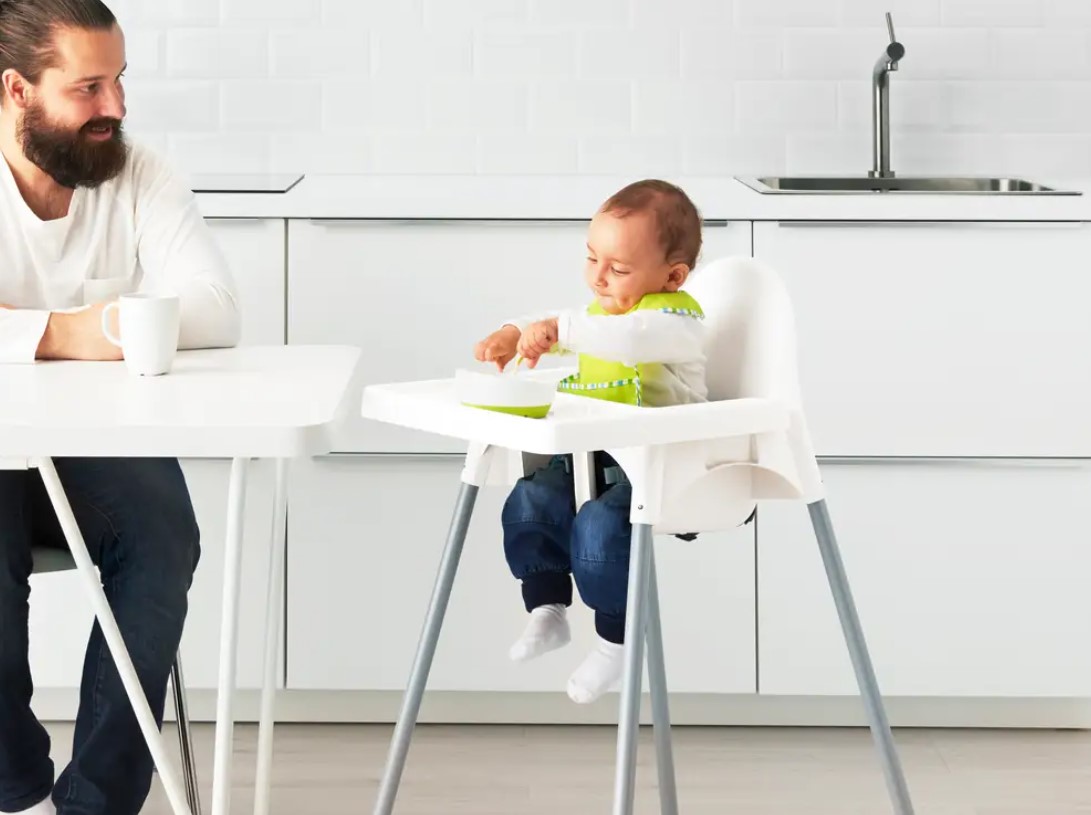
Another budget friendly high chair. For most babies, the seat is very big and can have a large gap between the baby’s chest and the tray, which means baby will have to lean over to reach for foods. I suggest buying the ANTILOP support cushion that’s sold separately to help fix this issue. This high chair doesn’t have a footrest, so what I suggest is buying a footrest to solve this problem too!
EZPZ FIRST FOODS SET
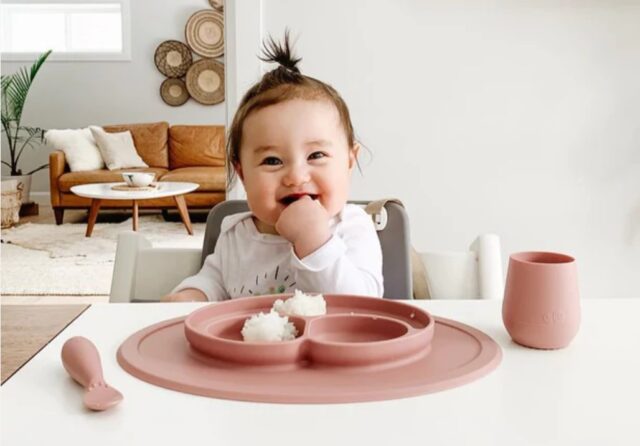
This set consists of 1 EZPZ Tiny Bowl, 1 Tiny Cup and a 2-pack of the Tiny Spoons. This set contains everything you need to get a safe start to solid foods.
Singapore:You can get 10% off with the code YETING: click here to shop.
Malaysia:You can get 10% off with the code YETING: click here to shop.
EZPZ TINY SPOON TWIN-PACK
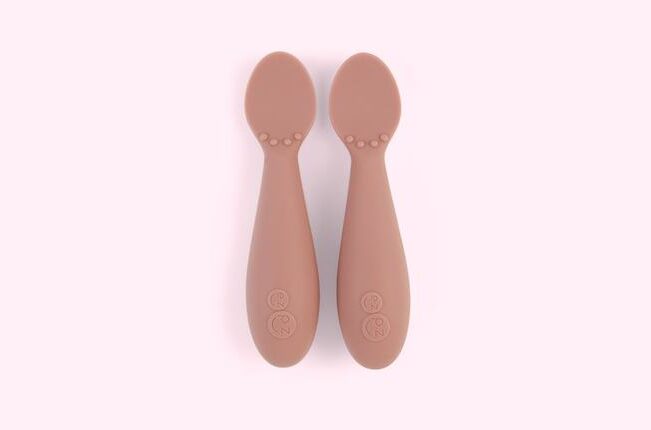
Longer-handled spoons are useful when baby is being fed by a parent or caregiver, but for self-feeding babies, shorter handles, wider handles or handles with guards are better. EZPZ Tiny Spoon is designed to help baby learn how to feed independently. Adult-size spoons are too large for a baby’s mouth, so these tiny spoons have narrow spoon bowls that will help with portion control and prevent overfeeding and gagging. It actually works for both purees and the baby-led weaning feeding methods, therefore you’ll need to invest in at least two or three baby spoons for feeding.
Singapore:You can get 10% off with the code YETING: click here to shop.
Malaysia:You can get 10% off with the code YETING: click here to shop.
NUM NUM PRE-SPOON GOOtensils
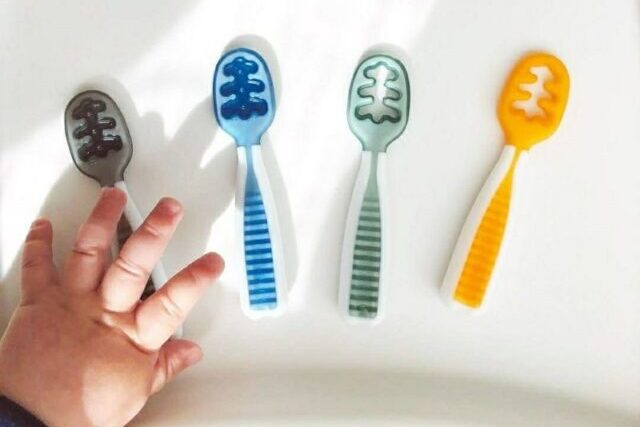
When babies are just learning to handle a spoon, the food tends to slide right off. These spoons are great for “grabbing” the puree during self-feeding (or baby led weaning).
Singapore:You can get 10% off with the code YETING: click here to shop.
Malaysia:You can get 10% off with the code YETING: click here to shop.
GRABEASE BABY FORK & SPOON SET
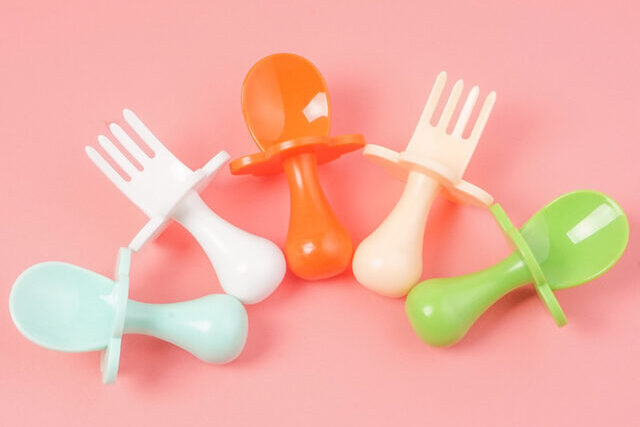
These utensils feature short easy to grab handles that make it impossible for your little one to stick too far into their mouth. Additionally, the ergonomically shaped handles are easier for tiny hands to grab. When first starting I like to help them practicing poking and then showing them how they can bring the food to their mouth. This is a great first set, but don’t expect your baby to be proficient until closer to 12+ months.
SUCTION PLATES & BOWLS
When introducing solid foods to your baby, messy mealtimes are common. Suction bowls and plates help minimize the mess, so be sure to select baby bowls and plates with great suction.
1. OXO TOT STICK & STAY SUCTION BOWL
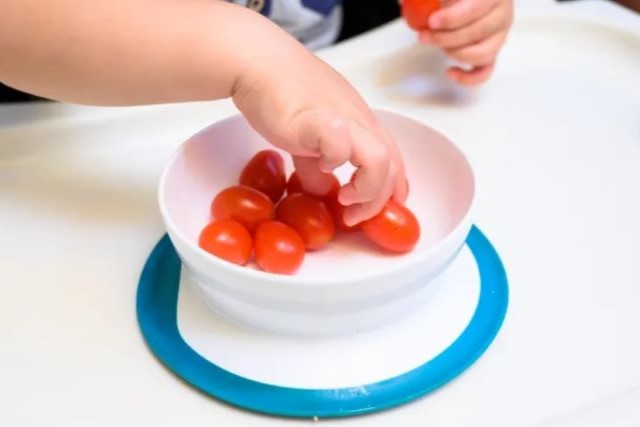
This bowl is made of BPA-free plastic so they are unbreakable. This bowl features a secure suction base that sticks firmly to surfaces, so can prevent accidental tipping to help prevent spills. The curved walls are designed to promote self-feeding skill such as scooping.
2. MARCUS & MARCUS SUCTION BOWL WITH LID
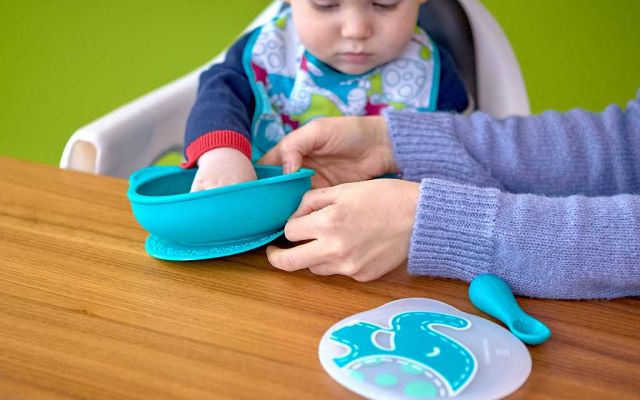
I also purchased some silicone bowls with lids because I’m constantly putting a bowl of half eaten yogurt or rice in the fridge for later.
3. AVANCHY BAMBOO SUCTION BABY BOWL + SPOON

If you’re looking for a bamboo option, which is a safe choice too, this is a great option. It comes with one of my favorite baby spoons and has a silicone suction base, which detaches for easy cleaning.
CUP
You might be surprised to learn that babies can start using an open cup as early as 6 months. All three of these cups are excellent options or teaching babies to drink from an open and/or straw cup during infancy.
1. EZPZ TINY OPEN CUP
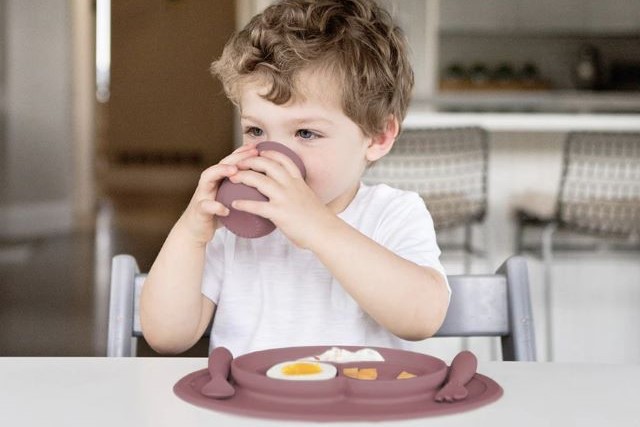
EZPZ Tiny Cup is only 2 oz, perfect for little hands and the angle of the cup helps to control the flow as babies learn to use open cups. Additionally, the weighted base makes it harder to tip over. This tiny cup is made of food grade silicone, so great for teething. This cup doesn’t seal, so it’s not the best for an on-the-go life.
Singapore:You can get 10% off with the code YETING: click here to shop.
Malaysia:You can get 10% off with the code YETING: click here to shop.
2. EZPZ MINI CUP + STRAW TRAINING SYSTEM
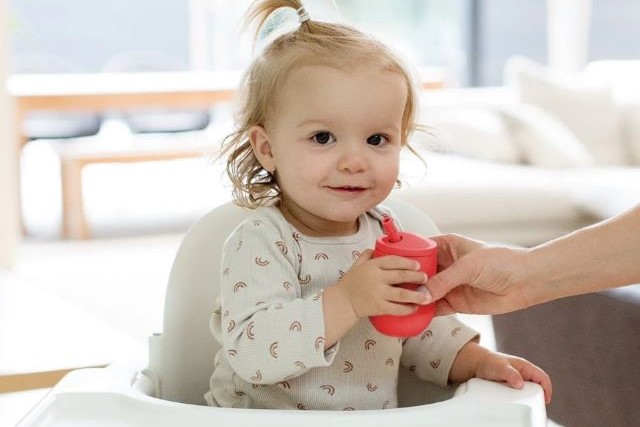
This cup is super versatile as you can also use it as an open cup. It’s 4oz so it would be perfect size for toddlers learning to drink from straws as most straw cups are much larger than this.
Singapore:You can get 10% off with the code YETING: click here to shop.
Malaysia:You can get 10% off with the code YETING: click here to shop.
3. Weighted Straw Cup
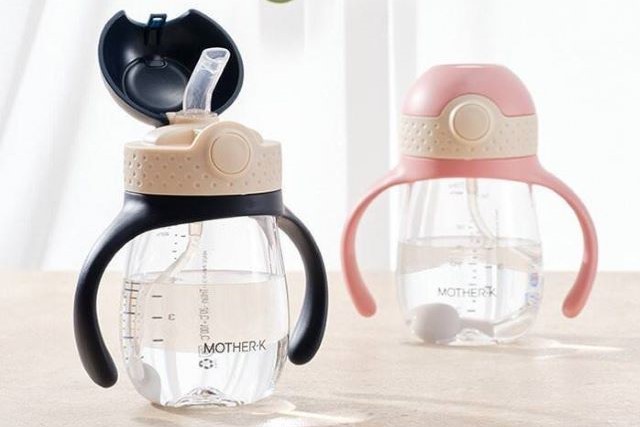
This straw cup is perfect for younger babies learning how to drink out of straw cup. They don’t spill and I love that they have handles. The weight at the bottom can keep the straw pointing down into the liquid which means your baby can drink at almost any angle.
Grosmimi PPSU Weighted Straw Cup & Munchkin Click-Lock Weighted Straw Cup are both of my favourite.
BAPRON BABY
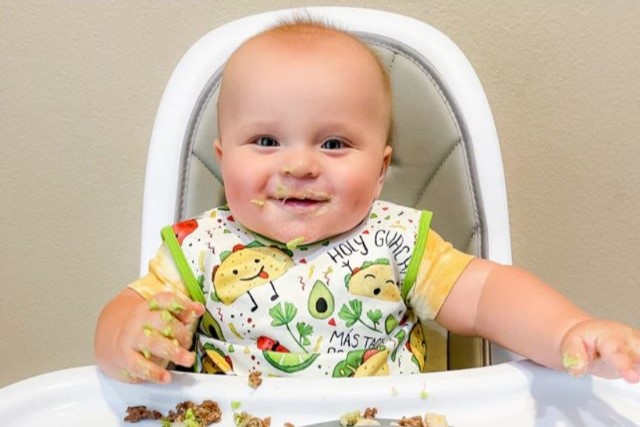
A bib is an ESSENTIAL accessory for any baby or toddler, whether you are doing baby led weaning or not.
I have tried so many different styles and my favorites are definitely the ones that are easiest to clean.
- Bapron bib is made from a waterproof fabric that is super soft, made from an eco-friendly type of polyester. You can rinse the Bapron bibs in the sink right after meals, dry them on the drainboard and they’re ready to go for the next meal.
- Sleeveless so they don’t weigh your baby down or restrict their range of motion.
- If your baby doesn’t tolerate a bib, tie-on ones are harder to yank off than velcro ones. Bapron baby bibs tie in the back under your baby’s shoulder blades – not all up in their neck which can be a negative sensory experience.
Singapore:You can get 10% off with the code YETING: click here to shop.
Malaysia:You can get 10% off with the code YETING: click here to shop.
SPLASH MAT

Eating solids is a dirty business, both spoon-feeding or baby led weaning. A waterproof mat to go under your baby’s highchair makes for easy cleaning. The Bapron Splash Mats are made from the same amazing fabric as their bibs. You can rinse them under water and dry in between feeding.
These mats are also perfect for indoor/outdoor picnic, crafts and sensory play, if you’re out and about and they fold down so small you can easily transport them in your diaper bag.
Singapore:You can get 10% off with the code YETING: click here to shop.
TOOTH BRUSH
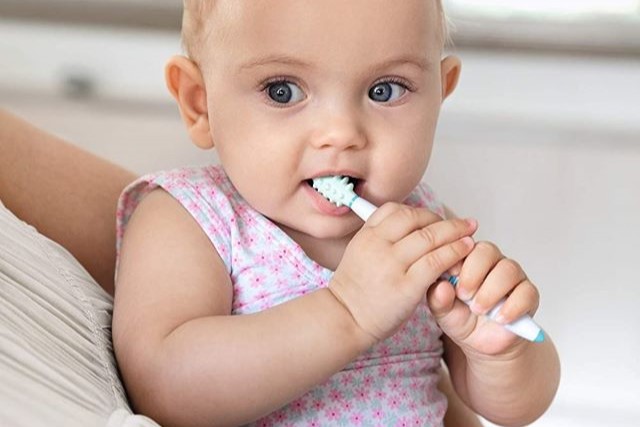
The Nuk™ Brush is a toothbrush-like teether with a nubby textured silicone “brush” at the end. Perfect shape and size for little mouthes. Initially, this brush was designed for teething infants, it has made its way into therapeutic settings as an invaluable tool for oral massage, oral stimulation and sensory exploration. So it is usually used in speech therapy and feeding therapy to help with oral motor skills and to de-sensitize the gag reflex.
The Nuk™ Brush can be perfect tool if you have a child who is struggling with certain food textures or gagging and spitting the food up.
BOOKS
Children deserve to learn about good nutrition and develop positive attitudes about eating. These 3 books that teach nutrition are perfect to get you started!
1. LULU’S LUNCH BY CAMILA REID & AILIE BUSBY
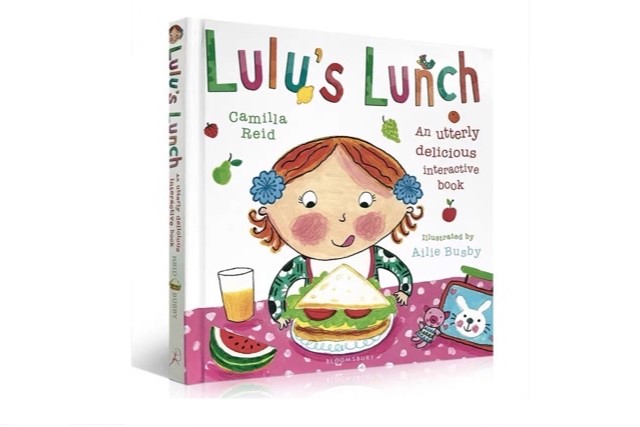
2. EATING THE ALPHABET BY LOIS EHLERT
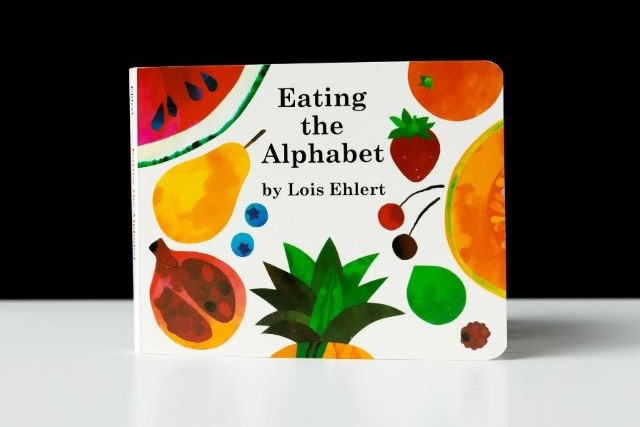
3. THE VERY HUNGRY CATERPILLAR BY ERIC CARLE

TODDLER FEEDING GIFT ESSENTIALS
1. EZPZ MINI FEEDING SET

If your baby is ready to move to the table (without a tray), a suction plate can be helpful. They are also great to bring to restaurants or in-laws for your baby to eat off of. Also, if your baby or toddler does not like his food to touch, this divided plate is a perfect choice. The built-in separators help keep the servings small and make it easier for parents to offer a variety of foods like puree and finger foods each meal. This set consists of 1 EZPZ Mini Mat, 1 Mini Spoon and 1 Mini Fork.
Singapore:You can get 10% off with the code YETING: click here to shop.
Malaysia:You can get 10% off with the code YETING: click here to shop.
2. UTENSIL SET
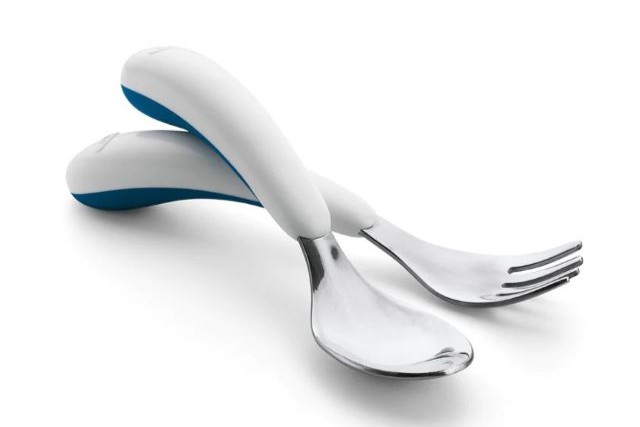
This OXO TOT Fork & Spoon Set is easy for young eaters to learn self-feeding. A flat spot on the handles prevents the fork and spoon from rolling off the table or high chair tray, and the soft grips are shaped to keep them from sliding into bowls or plates. The depth of the spoon is ideal for scooping up food. The stainless steel body is extremely durable.
3. LEARNING CHOPSTICKS
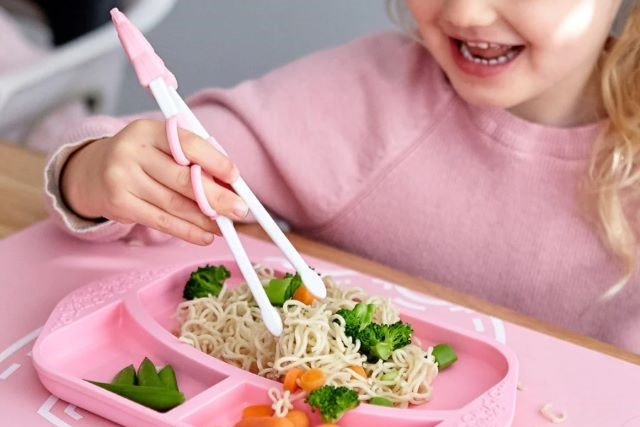
4. SNACK CUP
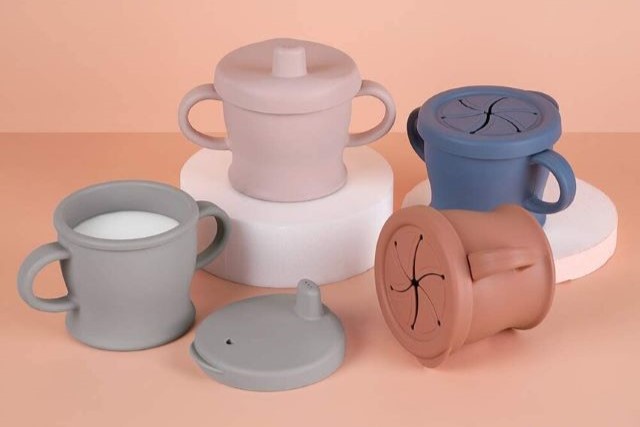
This is perfect for on-the-go snack and great for keeping snacks from spilling, such as cereal.
Malaysia:You can get 10% off with the code YETING: click here to shop.
5. LUNCH BOX
Choosing a lunch box can be overwhelming as there are many different varieties, styles and sizes of lunch boxes to choose from, not to mention different materials. We all want to pick a non-toxic lunch box that won’t harm our children, while also making sure it’s easy to clean!
To narrow down your list, here are the things that I believe we should look out for:
- BPA-Free – The lunch box should be safe to store food inside.
- Stay Fresh – A box that will seal and keep an unwrapped item fresh.
- Easy to Clean – I prefer one lid for the lunch box, easy to clean and store when drying.
- Sections – Separate spaces to place different foods.
- Size – It’s not too big to fit into the child’s school bag, or take up most of the space.
- Perfect Portions – Sections that are big enough for the amount of food the child will eat.
- Reusable – Save the environment and your pocket, don’t use plastic zip lock bags.
- Dishwasher safe – For those days I don’t have time to hand wash.
- Easy to store – not too bulky to store when not in use.
- Machine Washable – lunch bags can easily be washed in the washing machine.
I personally prefer lunch boxes that seal tight and keep an unwrapped food fresh, eliminating the use of plastic wrap or sandwich bag which saves money and the environment. Also, most children prefer to graze on a variety of foods as opposed to just a sandwich and piece of fruit and so the bento style boxes and accessories are very clever at making the food fun and exciting.
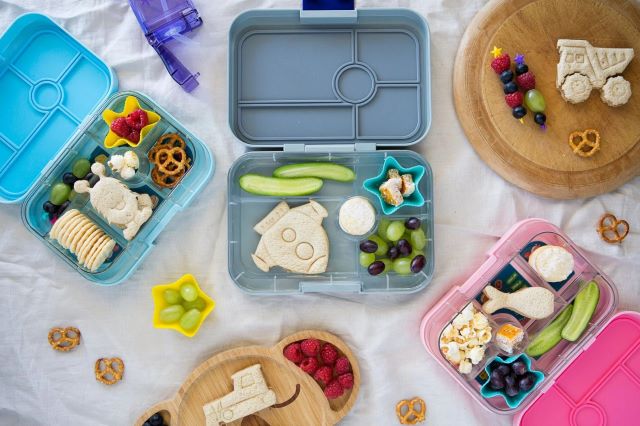
My son has been using YumBox since he was three. It is designed for easy to open, and 100% leak proof – perfect for on-the-go or school lunch or snack!
Another favourite lunch box is from local Malasyia’s brand Wild Mums Enterprise.
Malaysia: Check out Wild Mums Enterprise for Mumu M3: 3-Compartments Detachable Lunch Box and Mumu M3: 3-Compartments Lunch Box.
6. SENSORY FUN FOOD PLAY GUIDE
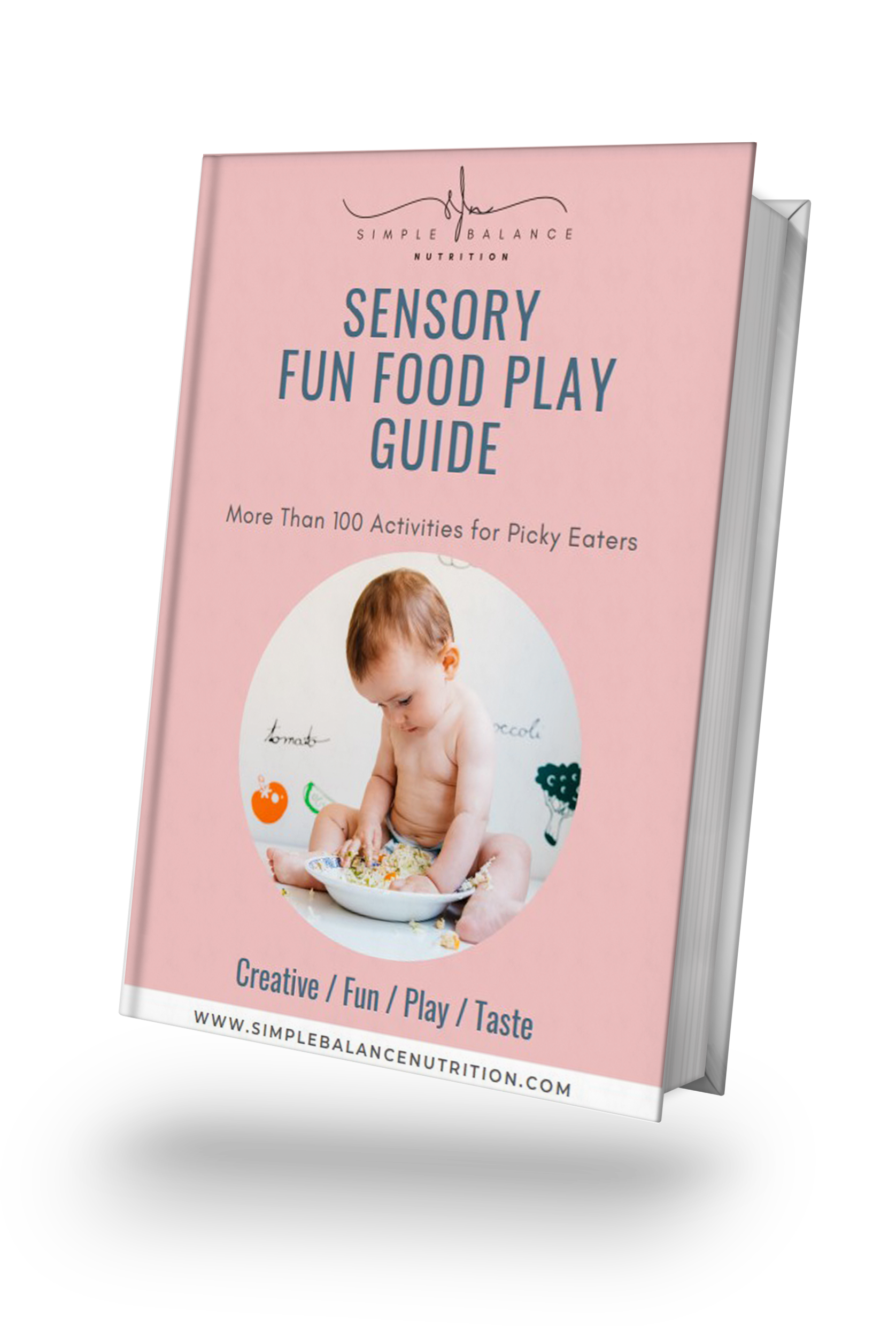
If you think your child can benefit from Sensory Food Play to help with their eating, check out Sensory Fun Food Play E-book. It has over 100 activities I created with a focus on picky eaters. Join me for lots of fun sensory food play.
7. BOOKS FOR PICKY EATERS
Looking for a great book to help your picky eater? One of the ways you can help your picky eater as a parent is to talk about food at times other than mealtime when things are a bit more mellow and no one is furstrated or hangry. Check out some of my favorite books for picky eaters that help teach confidence, get them excited about trying new foods.
1. I WILL NEVER NOT EVER EAT A TOMATO BY LAUREN CHILD
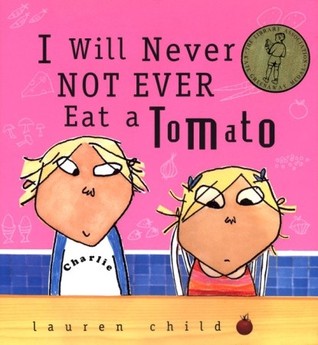
2. DAISY EAT YOUR PEAS BY KES GRAY
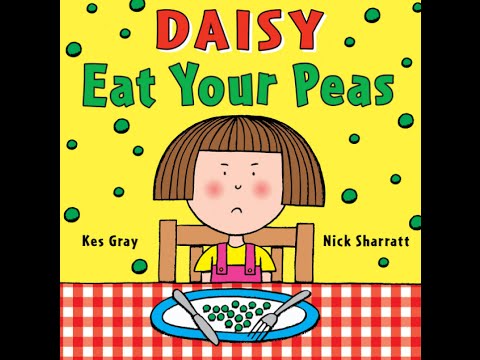
3. BURGER BOY BY ALAN DURANT
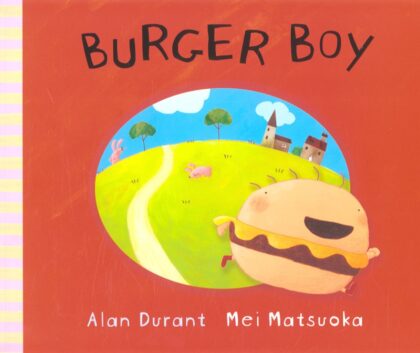
MY FAVORITE GIFT FOR NEW PARENTS
1. PEACEFUL MEALTIMES ONLINE COURSE
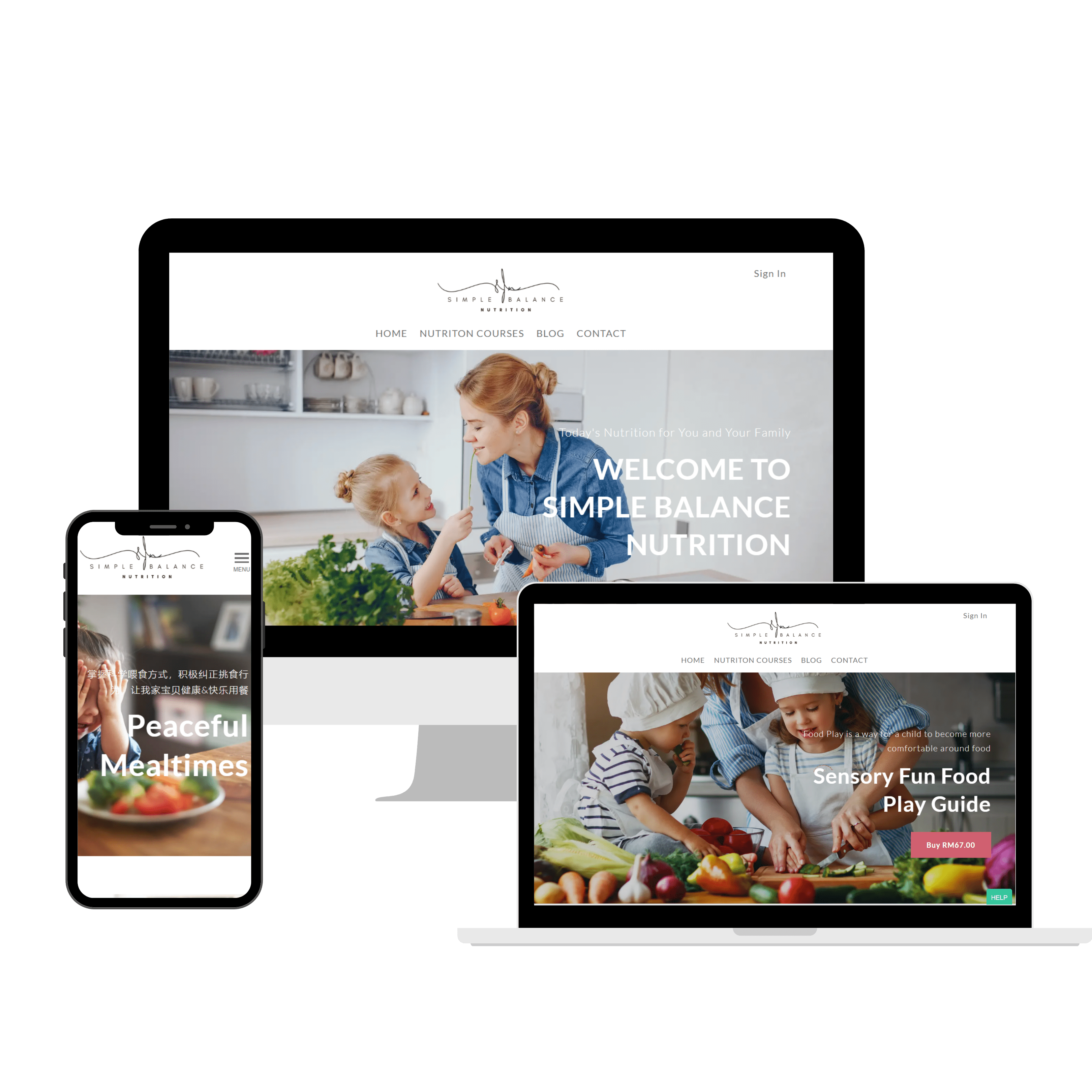
Feeding is one of those milestones that gives parents a lot of stress. That’s why I offer my online course as gifts! I designed this online course to help parents go from feeling overwhelmed and nervous about picky eating and meeting nutrient needs, to feeling confident, calm, and knowledgeable about their children eating independently. BUY THE COURSE AS GIFT NOW.
2. FIRST AID & CPR COURSE
Although choking is a very rare risk it is also a very real risk. Knowing basic CPR skills can save your baby’s life and I suggest that everyone (partner, husband, mother-in-law, babysitter…) who helps or is going to help feed your baby should know CPR.
My go-to 2 days First Aid & CPR Training course from @YS First Aid is on now open for register!
If you want to focus on Infant/Child CPR, Choking and Injury Prevention Course, you can check out @Little Beh’s 急救课.
YS First Aid: ysfirstaid6@gmail.com, 019-689-3413
Little Beh’s 急救课: jbmacademyplt@gmail.com, 016-206-8643
3. CERAMIC COOKWARE
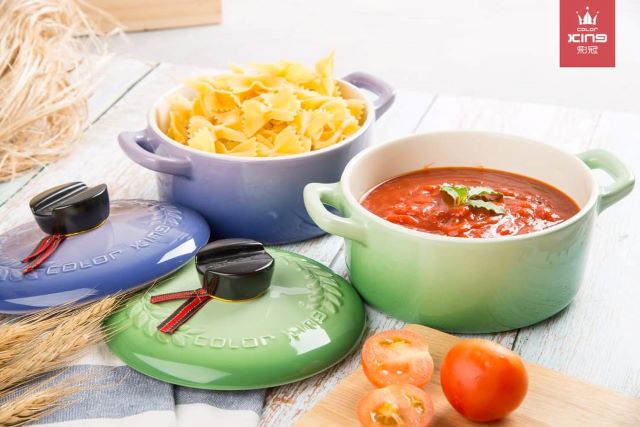
Color King 100% Ceramic Cookware (Non-Toxic , No PTFE, No PFOA) is one of the best investments you can make. It will drastically improve your cooking experience and make your meals taste better. It performs well in a range of temperatures from -20°C to 400°C. It works great on gas and electric stoves as well as with ovens. Also, it has excellent heat retention that can preserve the flavor and nutrients of your dishes.
Check out their Facebook Page or contact their customer service representatives for any questions you have at 018-277-7802.
4. CRINKLE CUTTER
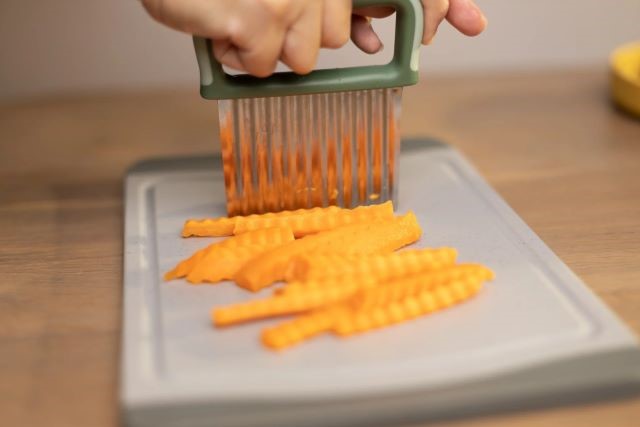
This is another tool that I am getting lots of questions about. Some people call it a crinkle cutter because it makes fun grooves on the food.
If you are doing baby led weaning, it doubled as a finger food cutter, because the grooves it makes on food make it easier for small hands to grab and hold it, especially if it is slippery. Some examples of finger foods I created using this crinkle cutter: mango, avocado, kiwi, pineapple, very ripe pear, steamed carrots and apples sticks and slices.
Singapore: You can get 10% off YAY Crinkies with the code YETING: click here to shop.
5. SPIRALIZER
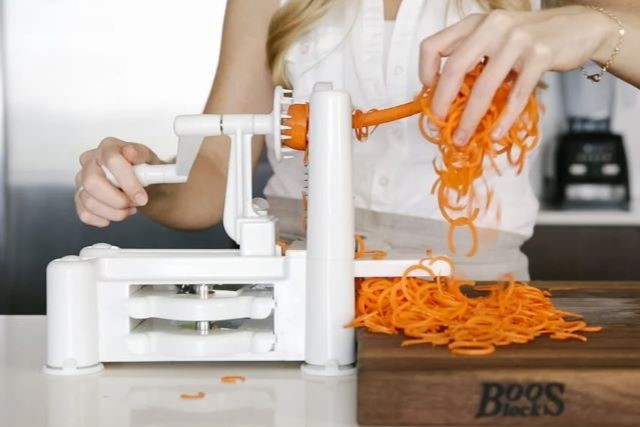
My son love helping me spiralize fruit and veggies into fun shapes and it saves a lot of time spent chopping and slicing. We spiralize raw fruit just for fun and to use in salads and roast spiraled root veggies like sweet potato and beets. Raw spiraled zucchini, carrots, and jicama work great in salads.
Malaysia: Check out the Spiralizer here.
6. MINI COOKIE & VEGETABLE CUTTER
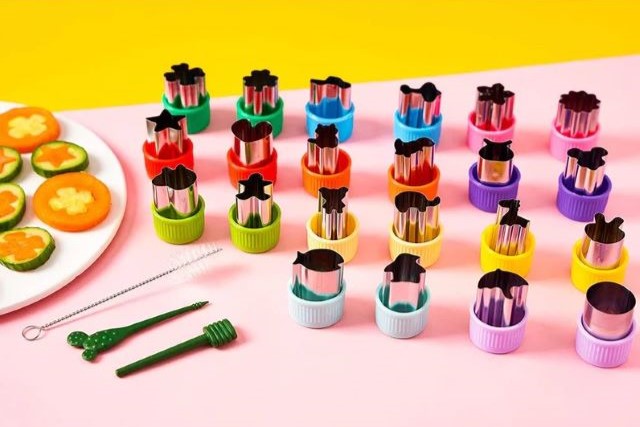
These little tools are my hard-working kitchen helpers. From cookies to veggies and from fruit to sandwiches, they cut everything into super cute shapes that my children love. This newer option comes with silicone holders which makes them even more child-friendly.
7. LUCKY IRON FISH
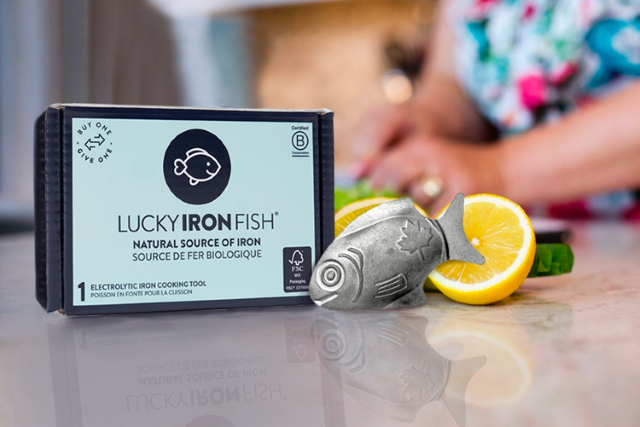
The Lucky Iron Fish is a simple and effective cooking tool that is designed to add natural iron to any liquid-based meals. It’s easy: simply drop Lucky Iron Fish into boiling water or liquid-based meals for 10 minutes to release a portion of your daily recommended iron. Great for postpartum moms who are struggling with iron deficiency anemia.
8. POPSICLE MOLD
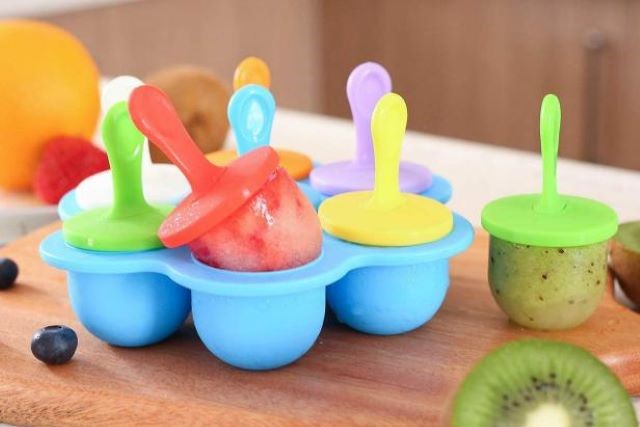
This popsicle mold puts a fun and creative way to eat a nutritious snack. You can freeze pretty much anything in them, from breastmilk to smoothies. I always use the molds to freeze the leftovers smoothie. No waste and a yummy snack always on hand.
9. BOOKS FOR NEW PARENTS
Are you looking for books and resources on nutrition, feeding children, picky eating and baby led weaning? I wanted to share my favourite child health and nutrition books with you.
1. Child of Mine by Ellyn Satter
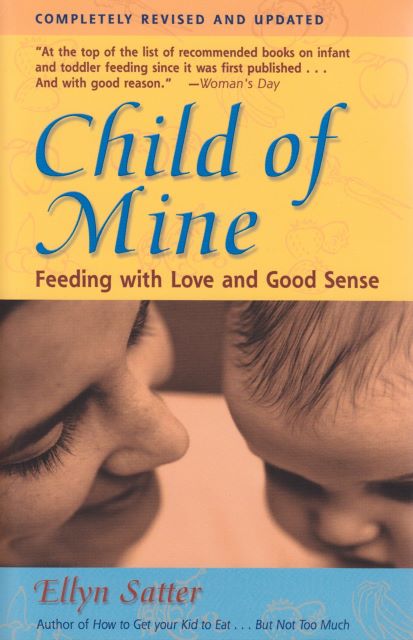
The Gold Standard reference for building trust in feeding children and establishing positive feeding, using the Division of Responsibility. A must-read for all new parents.
2. Helping Your Child with Extreme Picky Eating: A Step-by-Step Guide for Overcoming Selective Eating, Food Aversion and Feeding Disorders by Katja Rowell and Jenny McGlothlin
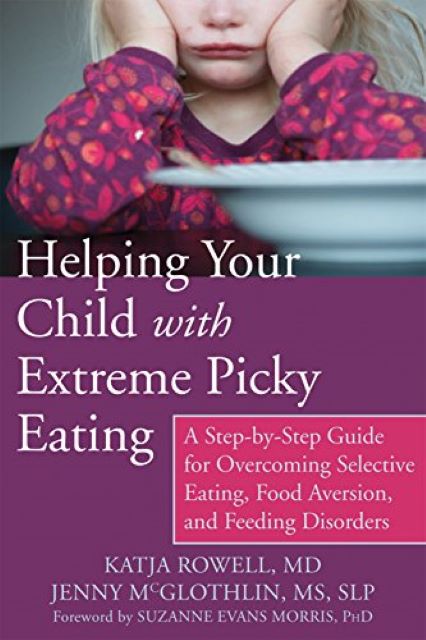
Family doctor specializing in childhood feeding, Katja Rowell, joins forces with speech pathologist, Jenny McGlothlin, to help support children with food aversion and end meal-time anxiety (for your child and you) once and for all.
3. Baby-Led Weaning: The Essential Guide―How to Introduce Solid Foods and Help Your Baby to Grow Up a Happy and Confident Eater by Gill Rapley Ph.D. and Tracey Murkett
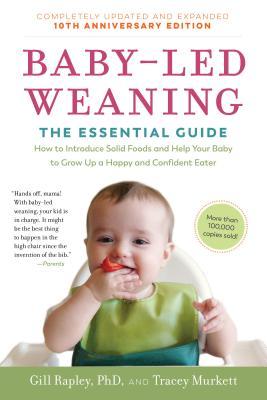
Still not sure if BLW is for you? Let Gill Rapley, the generally acknowledged pioneer of baby-led weaning, walk you through this approach.
If you want to understand the history and theory behind baby-led weaning, this could be the one for you. The book goes into the essentials and basic principles of why the method works. It also explains in detail the benefits your little one can get by following baby-led weaning.
The book uses an easy and clear tone. Its claims are backed with science-based facts. The topics are clearly divided, so you can skip forward or just choose a topic you like.
The updated edition includes the latest research on allergy prevention and safety. This thick, big book can be a good reference or a go-to book for your BLW questions.
10. COOKBOOKS FOR BUSY PARENTS
Whether you have a new eater, picky eater or extremely picky eater, there are steps you can take to make trying new food fun, enjoyable and pressure-free. I have some cookbooks to keep you excited about planning your baby’s weaning meals.
1. The Baby-Led Weaning Cookbook: Delicious Recipes that’ll Help Your Baby Learn to Eat Solid Foods―and That the Whole Family Will Enjoy by Gill Rapley PhD, Tracey Murkett
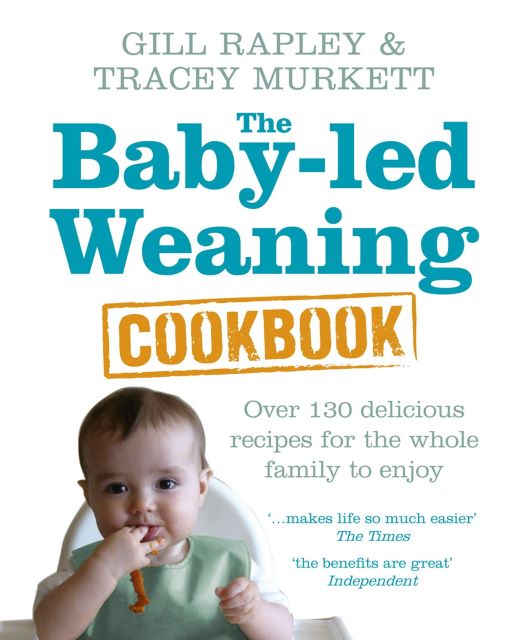
Gill Rapley’s Baby-Led Weaning Cookbook is more than just a cookbook. Before getting to the recipes, you will also be given a comprehensive guide on baby-led weaning.
It’s like a summary of Rapley’s Essential Guide to remind you what to consider while preparing meals. The book details the importance of baby nutrition and safety.
Recipes are made not just for the baby but also for the rest of the family. The book provides a huge range of recipe ideas. It offers simple meals and healthy and nutritious store-cupboard meals to new recipes.
With more than 130 recipes, there’s always something for everyone. Even your family’s picky eaters can find something they might enjoy. This big book has plenty of meal plans from baby snacks, healthy sweets, and filling meals for the family.
There are stories and messages from parents who practice baby-led weaning to keep readers inspired. There are also easy-to-follow tips on minimizing the mess during the baby’s feeding time.
2. Recipes to Boost Immunity / Pre-Pregnancy Meal Plans
Two cookbooks with over 100 recipes which are family-friendly to ensure nutritious meals for all.
